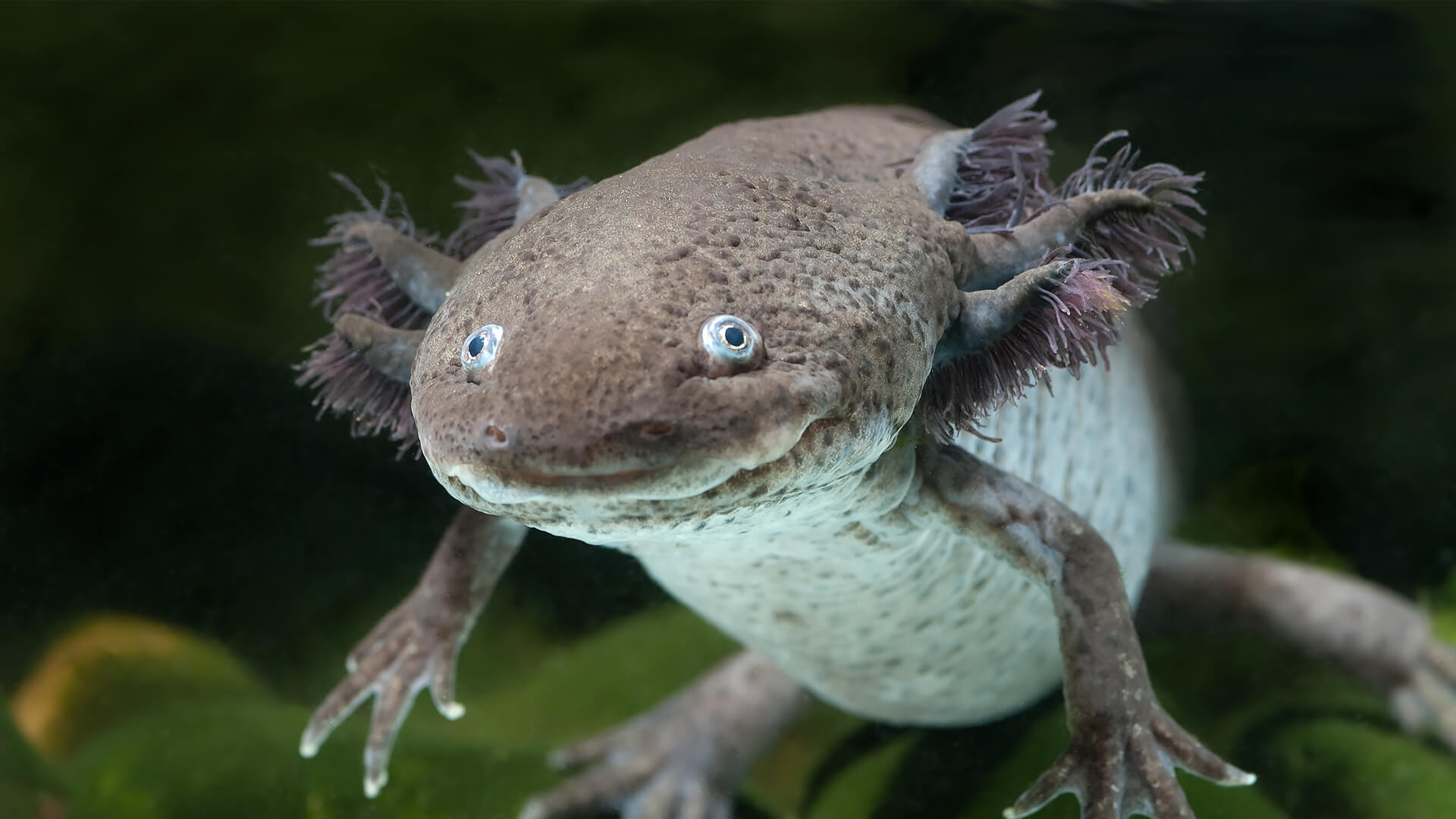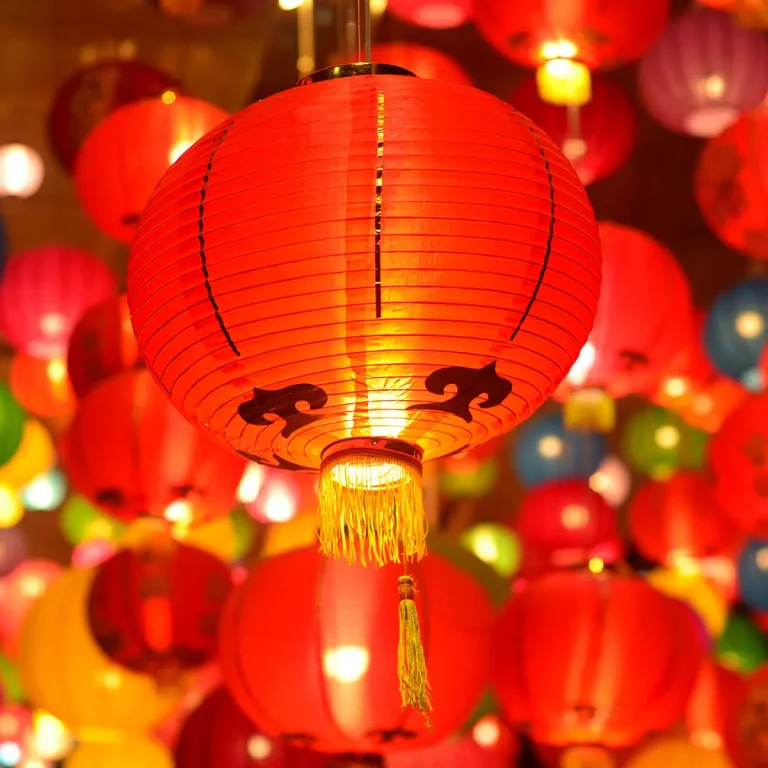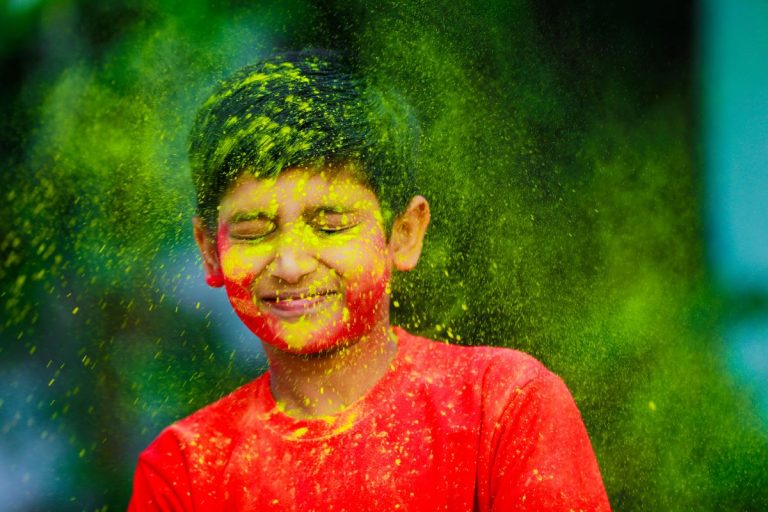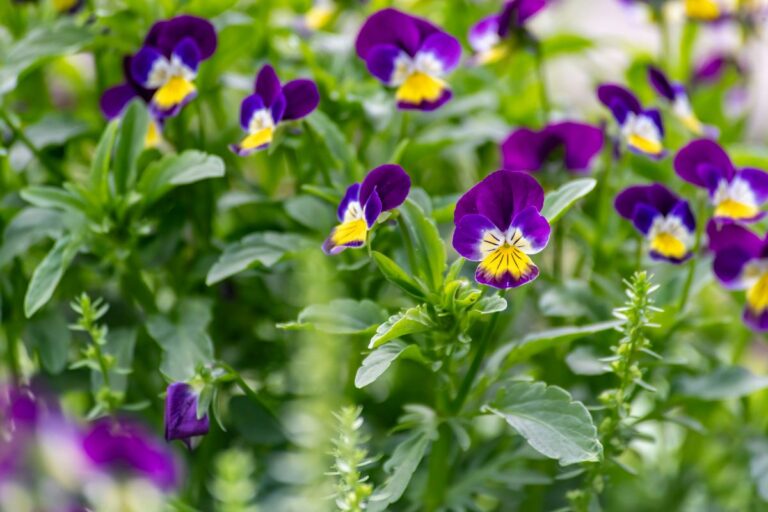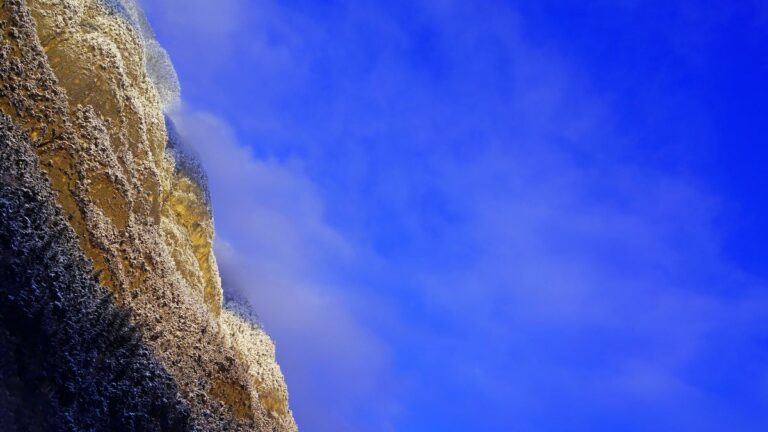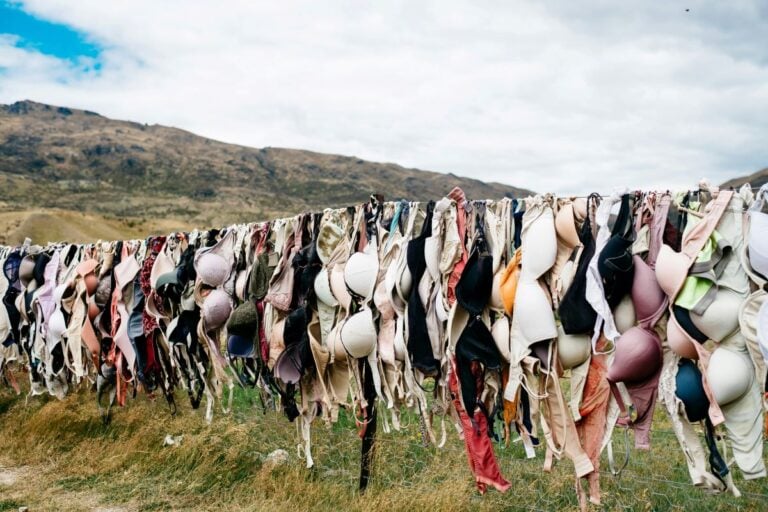Gray is a cool color that you might not notice much, but it’s all around us in nature. It’s the color of rocks, cloudy skies, and some animals like elephants. In this blog post, we’re going to check out 50 things in nature that are gray. From the soft feathers of a city pigeon to the hard, bumpy surface of rocks at the beach, gray is part of many things we see every day and some we rarely notice.
As we go through each gray thing, you’ll see there’s a lot more to them than just their color. Some are things you walk by all the time, while others might surprise you with how interesting they are. Whether it’s an animal, a plant, or something else from nature, every gray thing has its own special story. Let’s get ready to find out about the cool, quiet side of nature that’s all about the color gray.
1. Fog
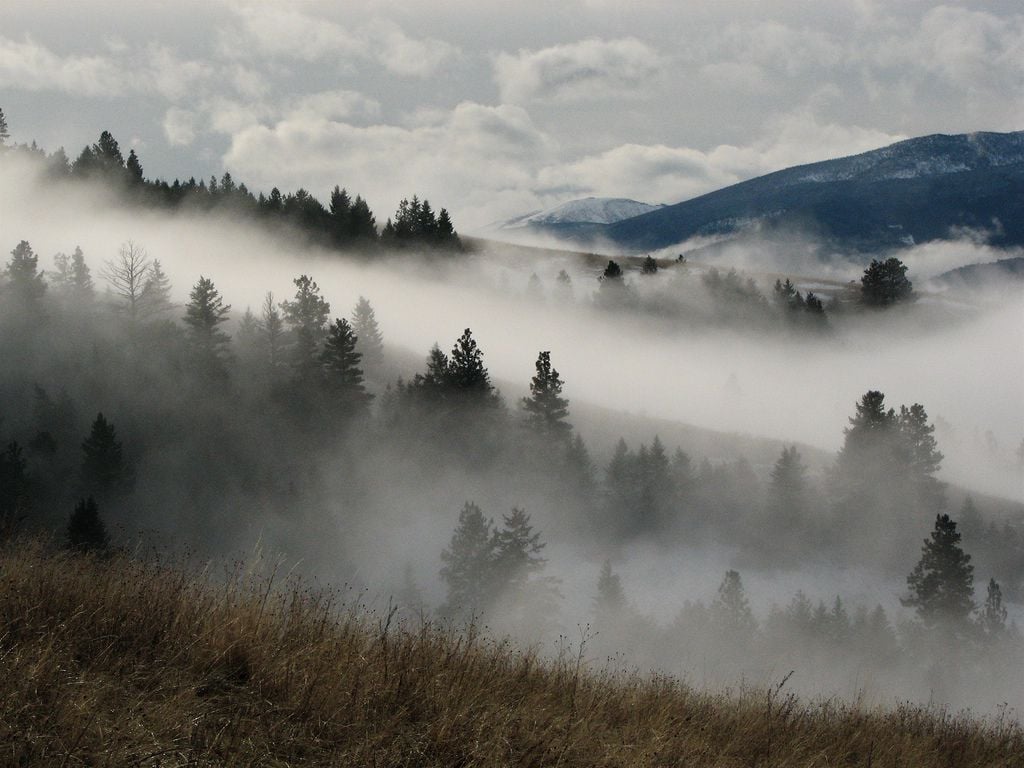
Fog is a type of low-lying cloud that forms when water vapor in the air near the ground cools to the point where it condenses into tiny water droplets, becoming visible. It’s essentially a cloud that touches the ground, and it can greatly reduce visibility, affecting everything from driving conditions to the navigability of ships at sea.
2. Stormy Sky
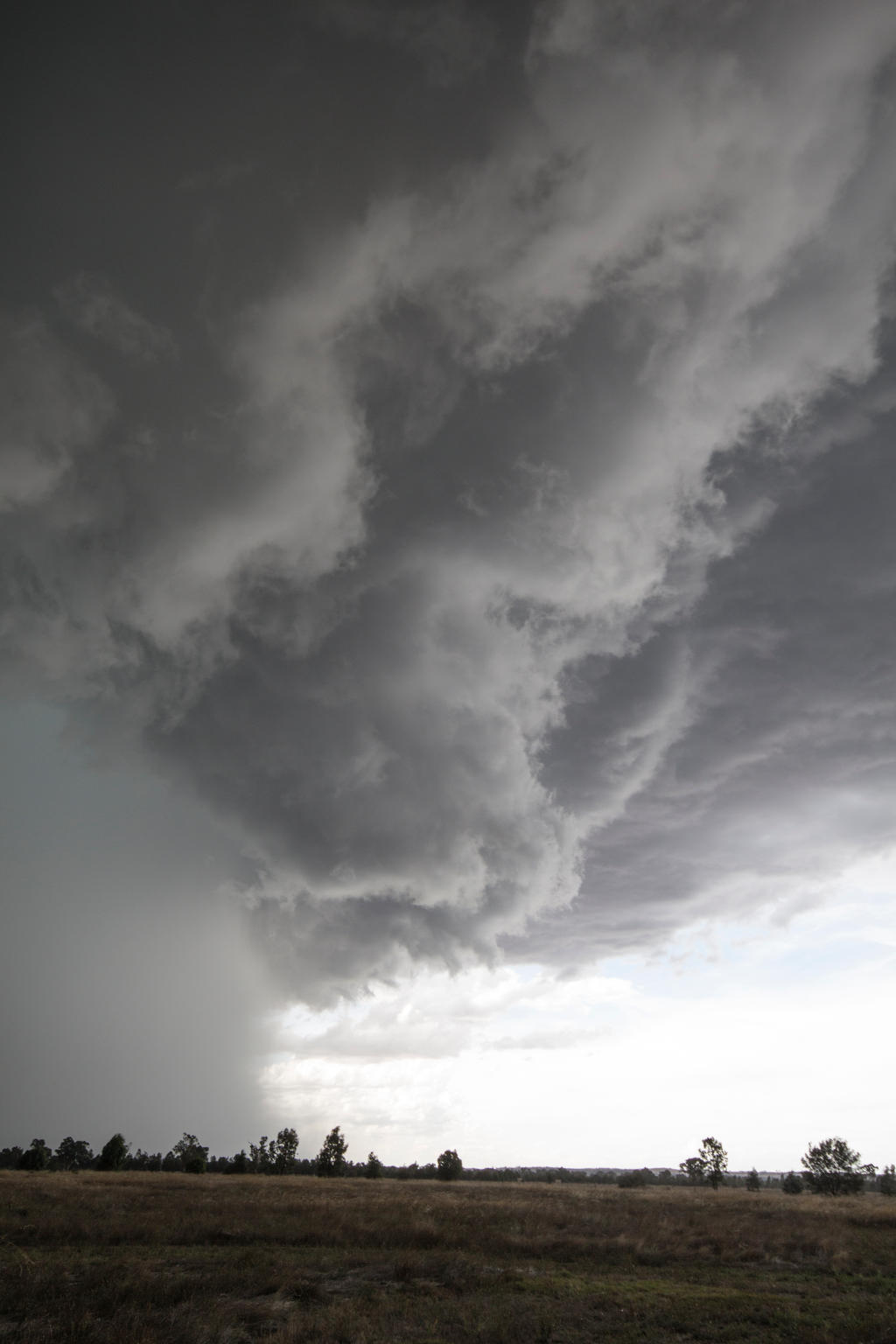
A stormy sky is often characterized by dark, heavy clouds that signal an impending storm, which can include thunderstorms, heavy rain, or snowstorms, depending on the climate and season. These clouds are typically cumulonimbus or nimbostratus, which are dense and vertical, reaching high into the atmosphere, and leading to their dark appearance.
3. Ash Gray Mouse
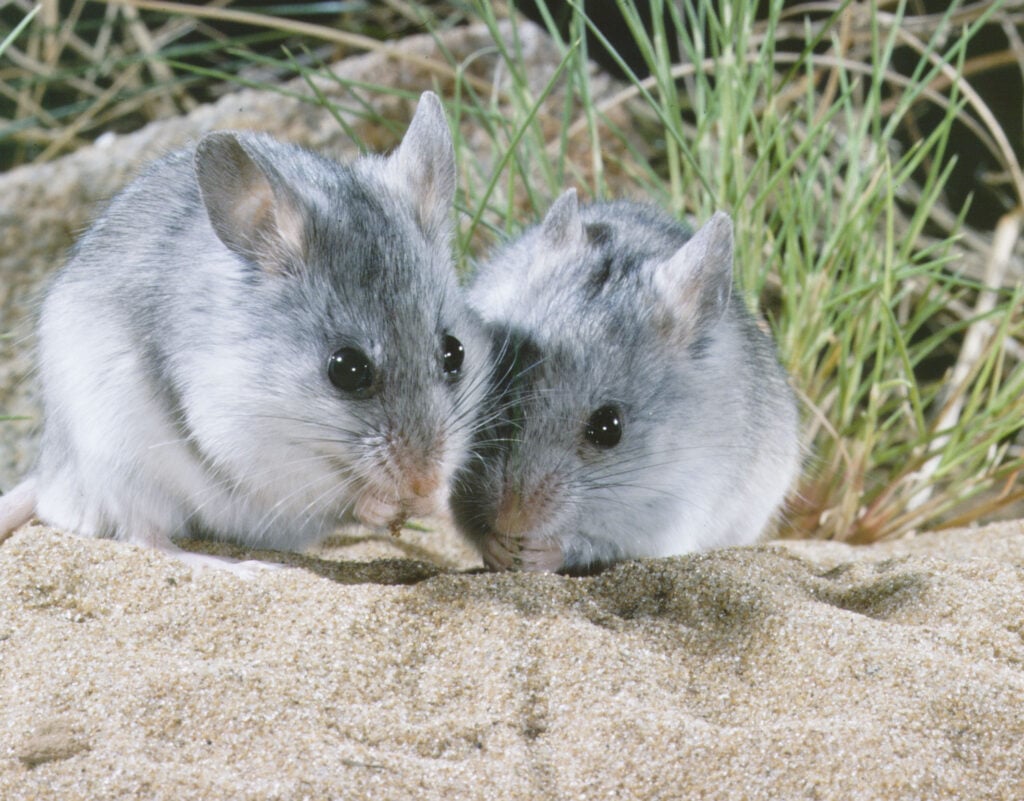
The ash gray mouse, often associated with the color of its fur, is a term that can describe various species of mice that have a greyish coat, blending seamlessly into their natural environments. This coloration serves as an excellent camouflage, protecting them from predators by allowing them to blend in with rocks, trees, and the underbrush.
4. Elephants
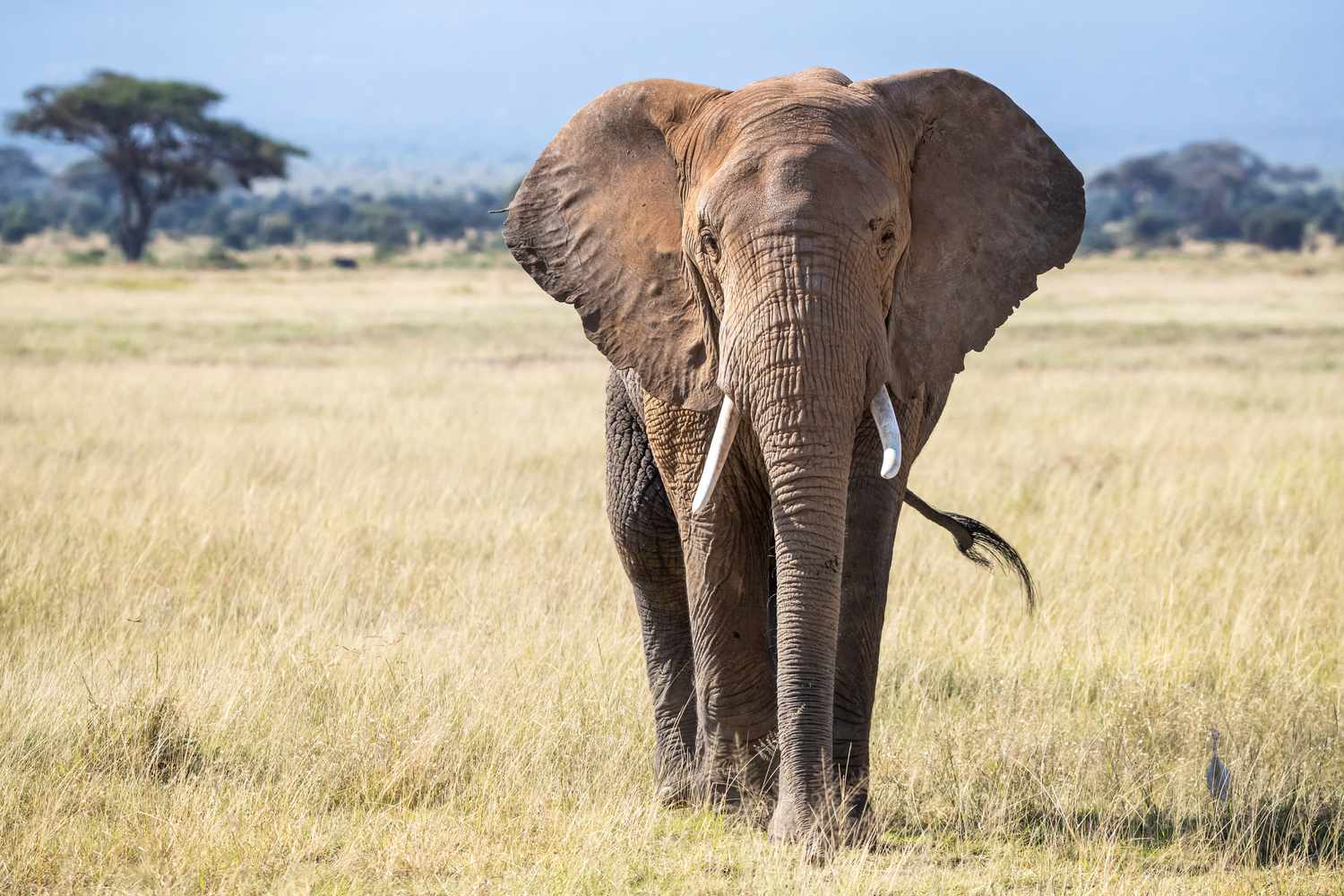
Elephants are the largest land animals on Earth, renowned for their immense size, impressive memory, and complex social structures. They have distinctive ash-gray skin, which is extremely thick yet sensitive, requiring them to take frequent mud or dust baths to protect them from sunburn, parasites, and moisture loss.
5. Silverfish
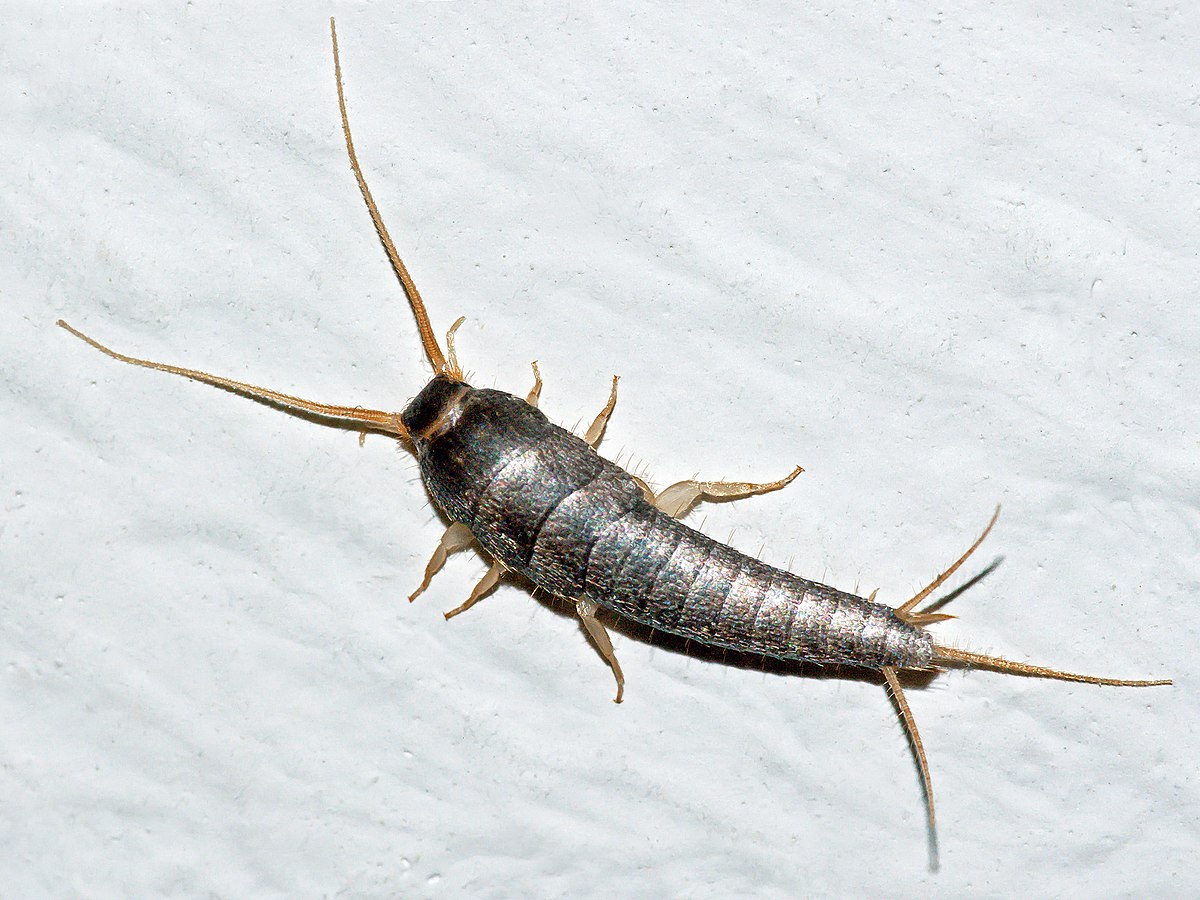
Silverfish are small, wingless insects known for their distinctive silvery-gray, metallic sheen, and fish-like appearance and movements. They are among the oldest insects in the world, with a history that dates back over 400 million years, which means they existed before the dinosaurs. Silverfish thrive in damp, dark environments such as basements, kitchens, and bathrooms, feeding on carbohydrates such as sugar, starch, and cellulose found in various household items like glue, book bindings, and wallpaper.
6. Limestone
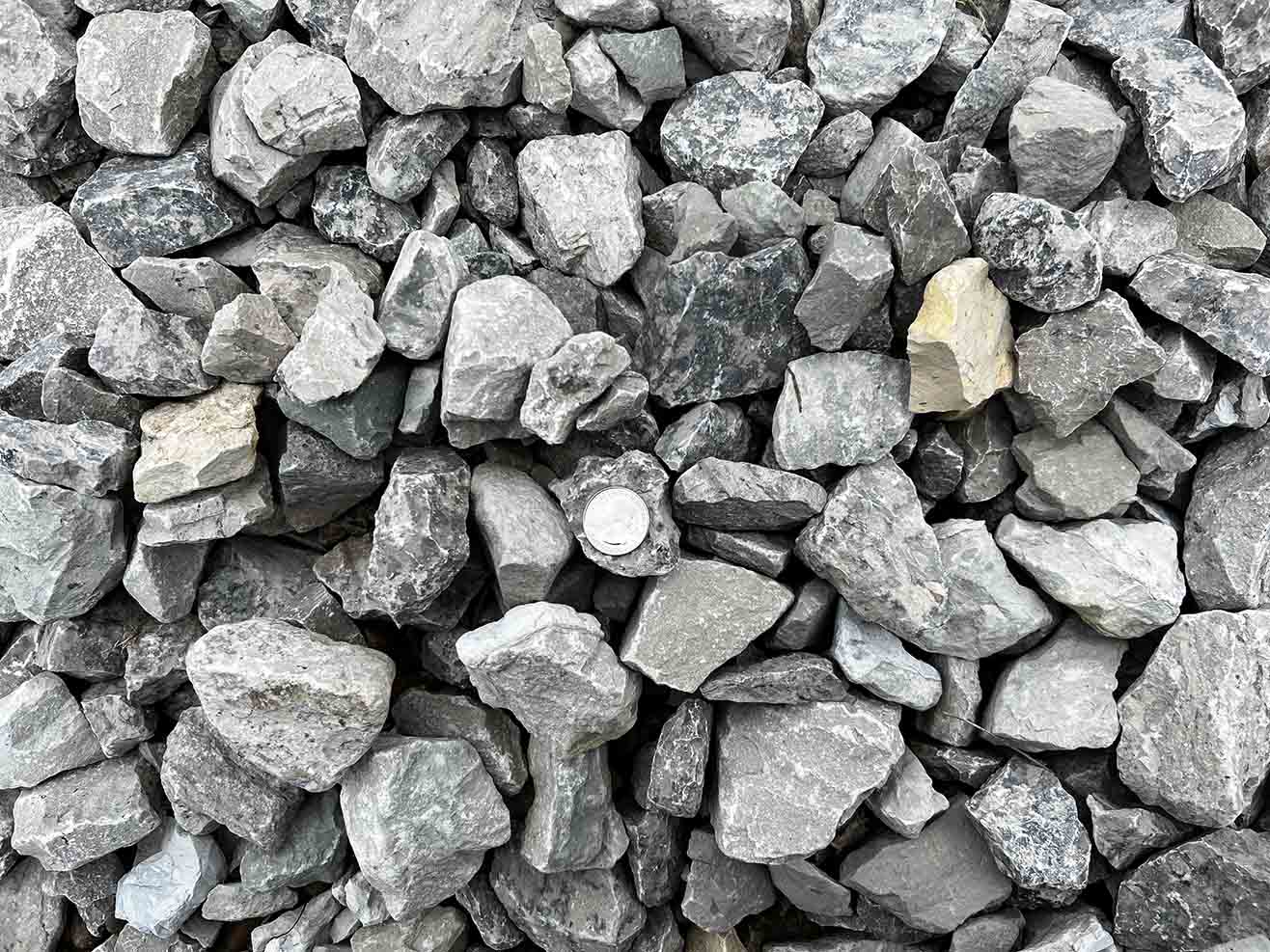
Limestone is a sedimentary rock composed primarily of calcium carbonate (CaCO3), often derived from the skeletal fragments of marine organisms such as coral and mollusks. It forms predominantly in marine environments where the accumulation of shells, bones, and other calcium-rich materials occurs over millions of years.
7. Dolphin
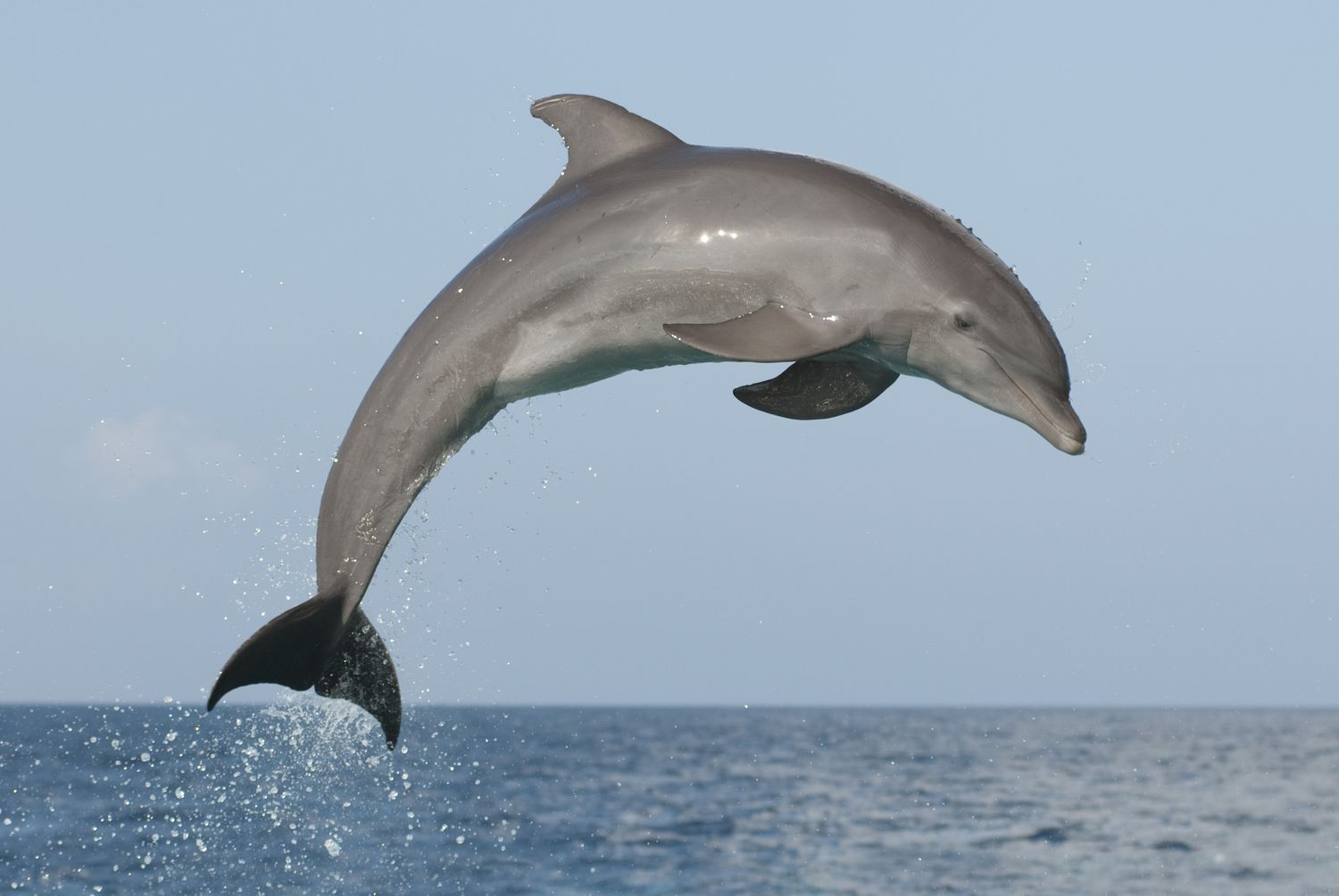
Dolphins are highly intelligent marine mammals known for their playful behavior, complex social structures, and remarkable cognitive abilities. They belong to the family Delphinidae and are part of the order Cetacea, which also includes whales and porpoises. Dolphins are known for their sleek, streamlined bodies, which are adapted for fast swimming, and they can reach speeds of over 20 miles per hour.
8. Rhinoceros

Rhinos are big, tough-looking animals with one or two horns on their noses. They’re part of a group called Rhinocerotidae and are known for their heavy, thick skin that acts like armor. However, their skin is quite sensitive and needs mud as protection against the sun and bugs.
9. Koala
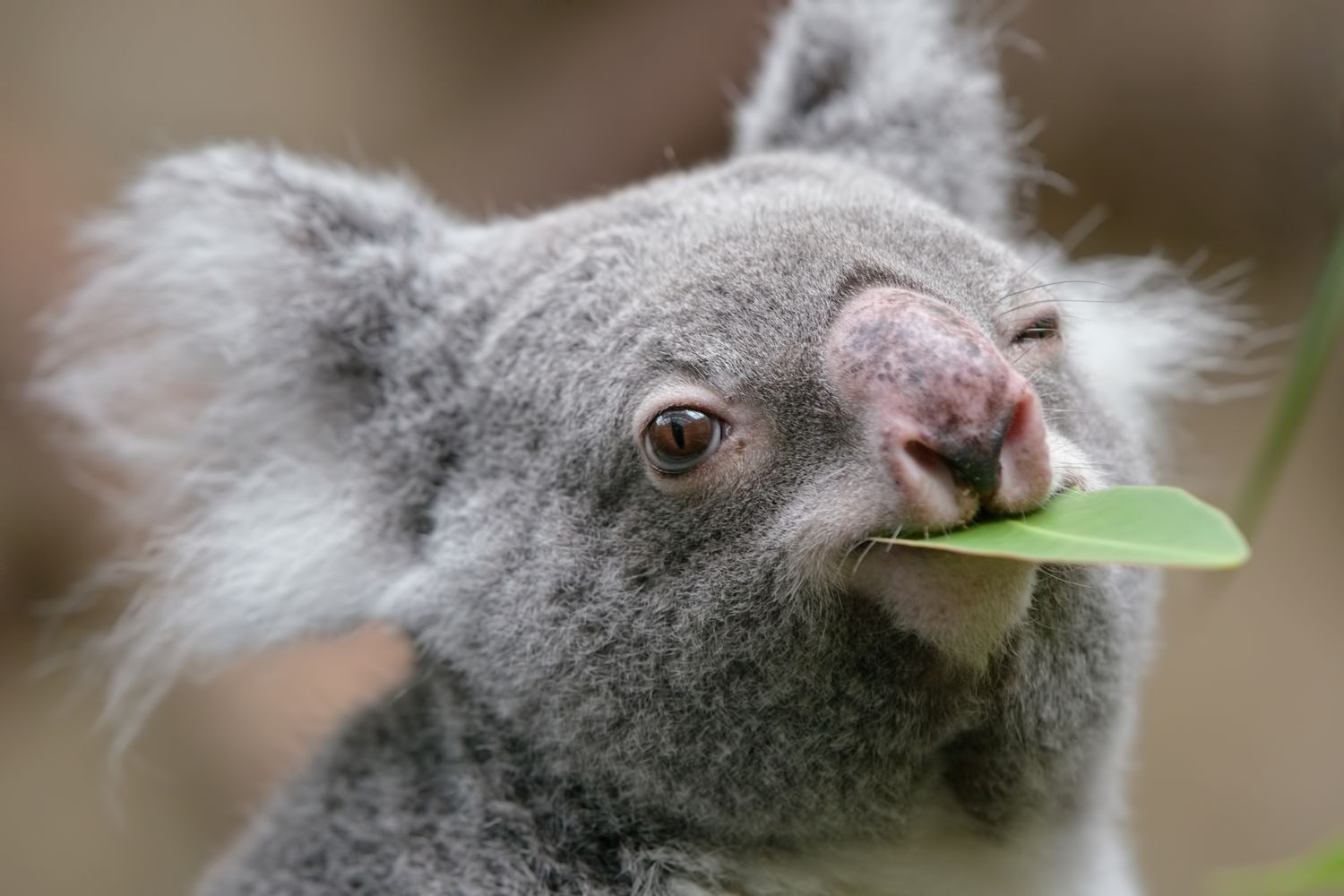
Koalas are cute, cuddly-looking marsupials that live in the eucalyptus forests of eastern Australia. They’re famous for their diet, eating mostly eucalyptus leaves, which are tough and not very nutritious, making koalas spend most of their time sleeping to conserve energy. Unlike many other animals, koalas have a special digestive system that lets them break down the poisonous and fibrous eucalyptus leaves.
10. Moon
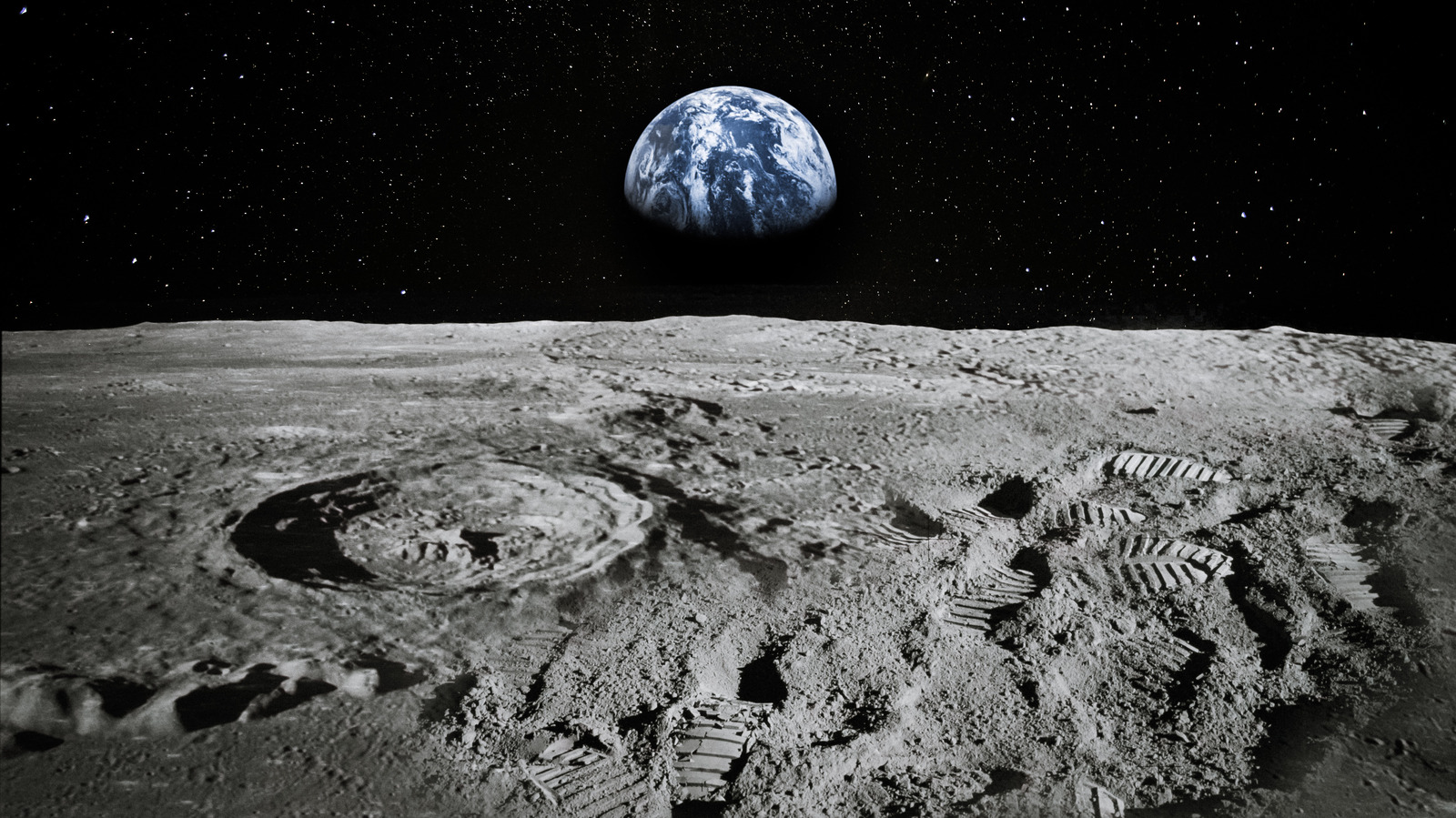
The surface of the Moon is a dusty, barren landscape marked by a mix of craters, mountains, valleys, and large, dark plains known as maria. The maria, Latin for “seas,” were formed by ancient volcanic activity and are less cratered than the highlands, giving the Moon its patchy appearance when viewed from Earth.
11. Gorilla
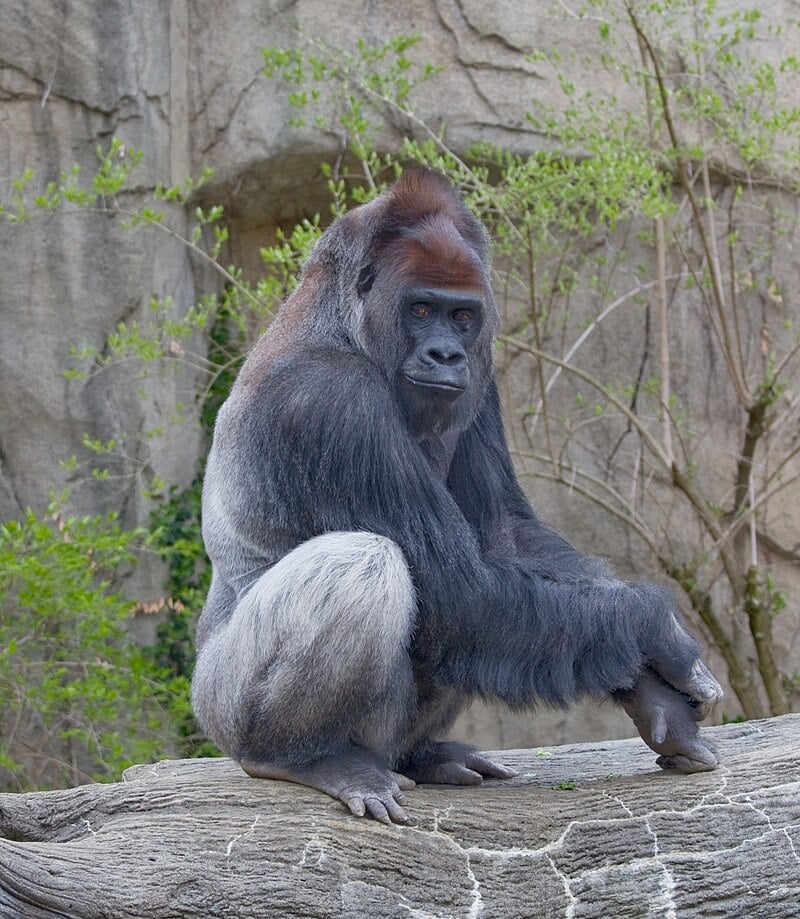
Gorillas are large, powerful primates that live in the forests of central Africa. They are divided into two species: the Eastern gorilla and the Western gorilla, both of which have a couple of subspecies. These majestic animals are known for their strong social bonds and complex communities, led by a dominant male known as a silverback because of the distinctive silver hair on his back.
12. Great White Shark
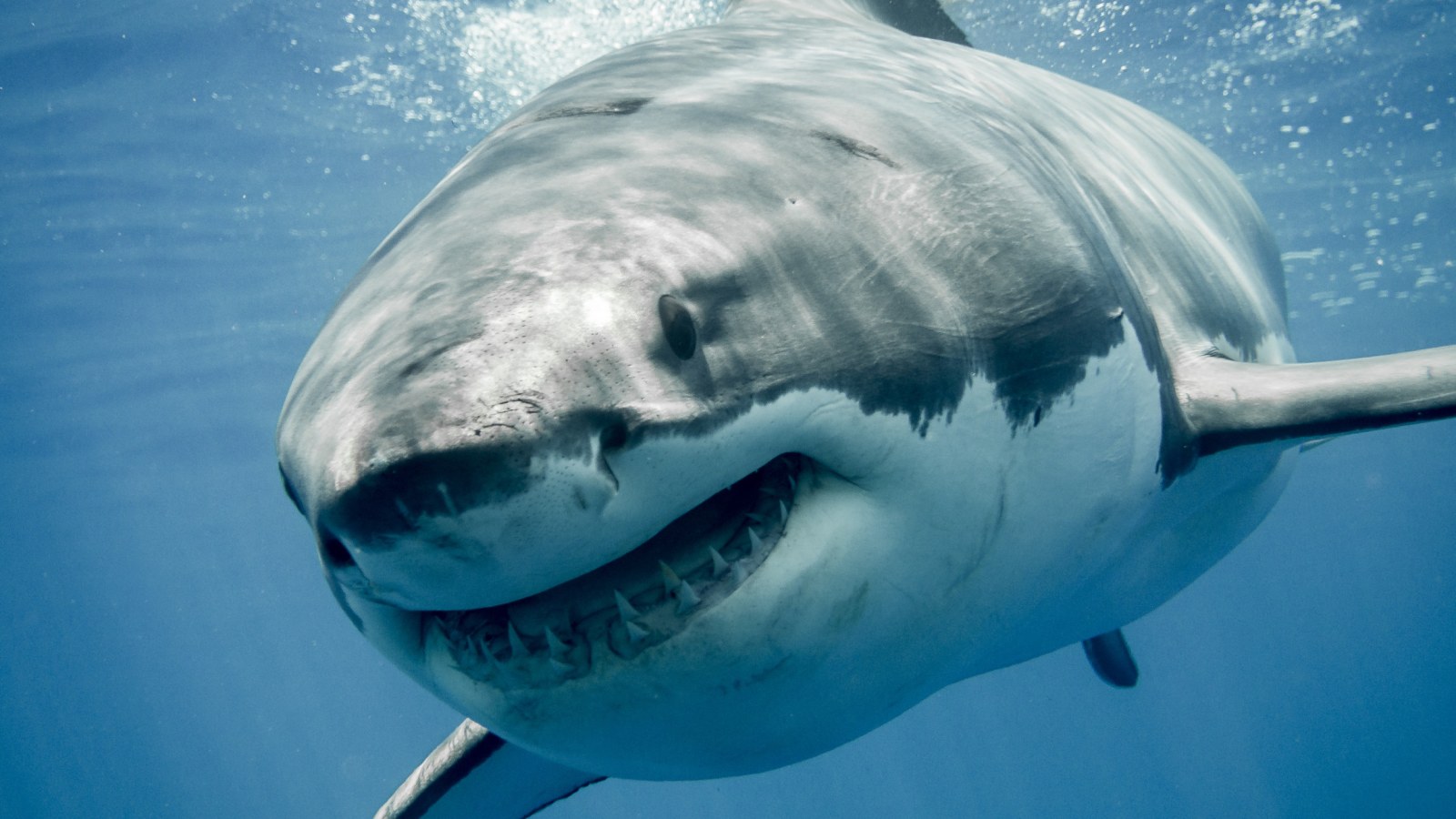
The Great White Shark is one of the most well-known and feared predators in the ocean, renowned for its size, power, and sharp teeth. It can be found in cool, coastal waters all over the world, from the coast of Australia to the shores of South Africa and the northeastern United States. Great Whites are apex predators, meaning they’re at the top of the food chain and have no natural predators of their own.
13. Western Gray Squirrel
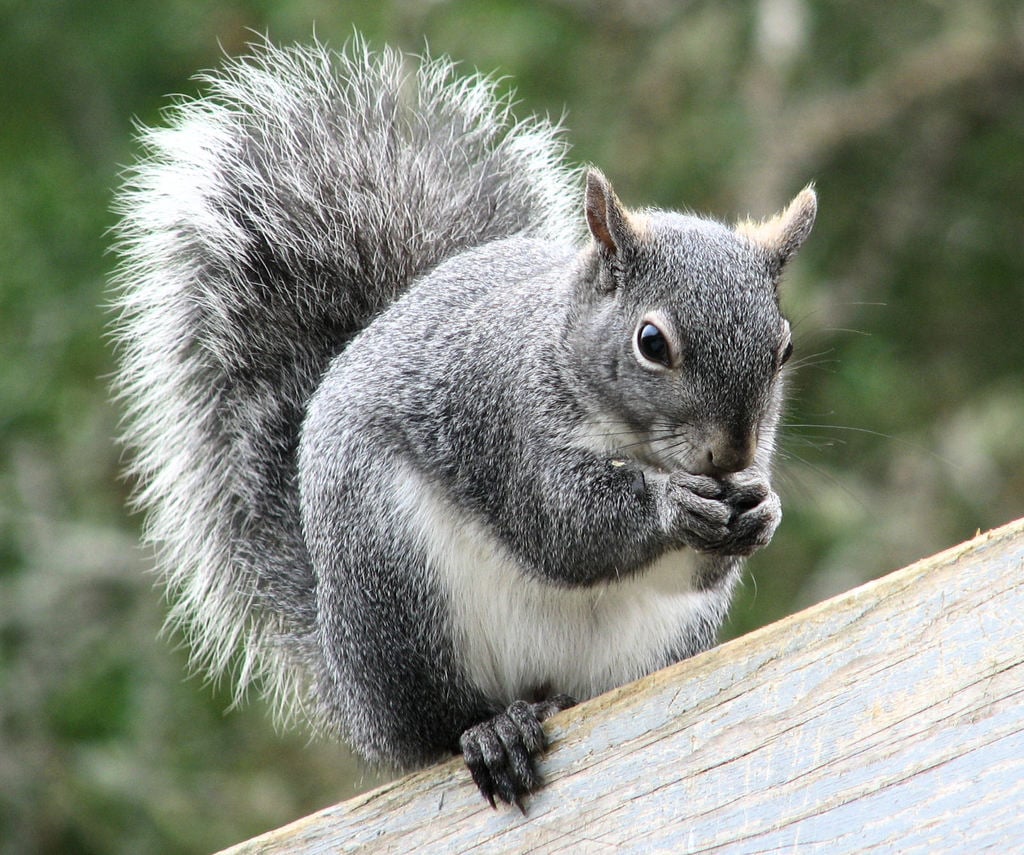
The Western Gray Squirrel is a tree-dwelling rodent native to the western parts of the United States and Mexico. Known for its distinctive gray fur and bushy tail, it’s larger than many other squirrel species and prefers habitats of oak woodlands and mixed forests where it can find its primary food sources: nuts, seeds, and fruits. Unlike other squirrels, the Western Gray Squirrel is known for its more solitary and territorial behavior, especially outside of the breeding season.
14. African Gray Parrot
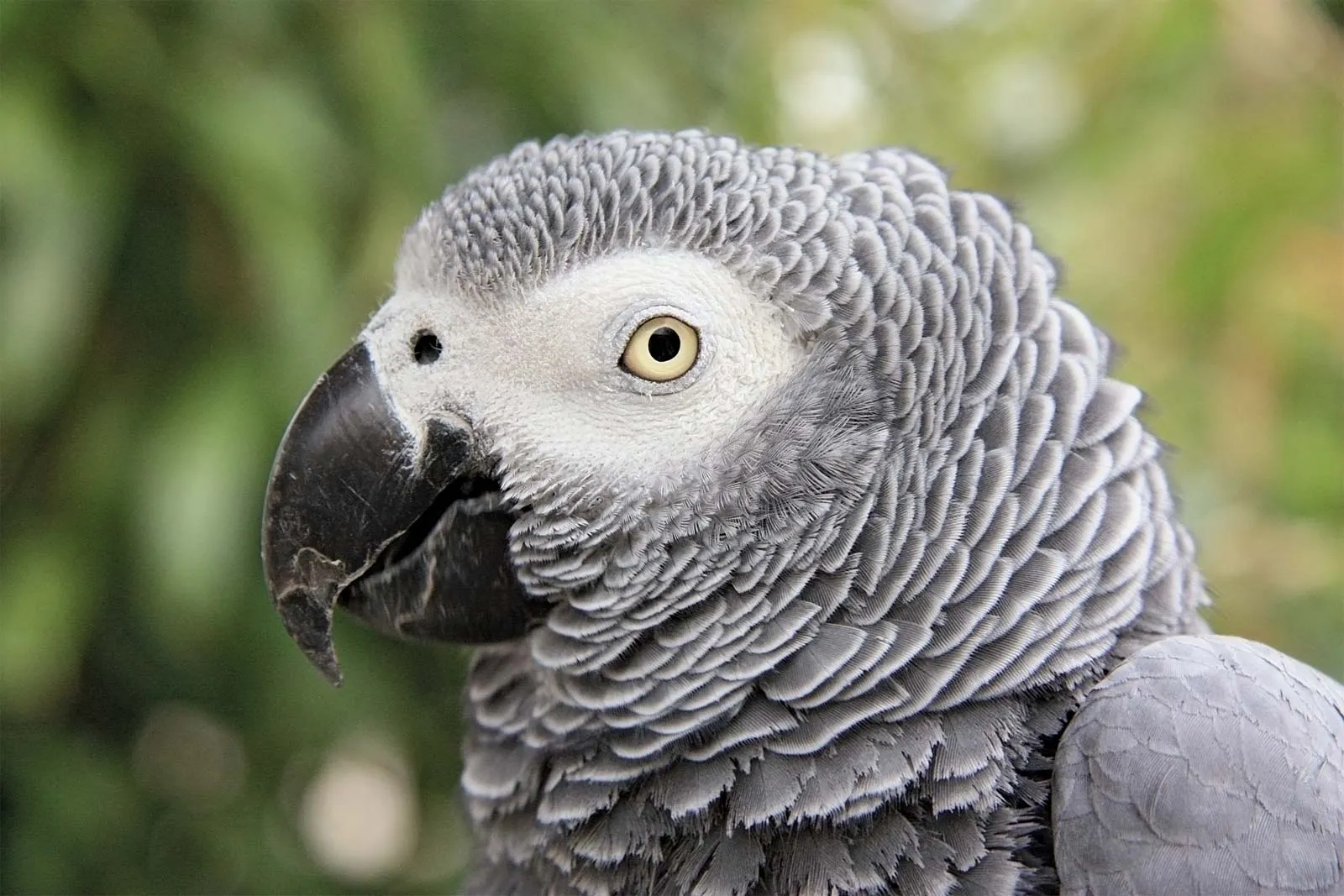
The African Gray Parrot is renowned for its exceptional intelligence and ability to mimic human speech, making it one of the most popular pet birds. Native to the dense forests of Central and West Africa, these birds display a complex range of behaviors and have been shown to possess cognitive abilities comparable to those of dolphins, chimpanzees, and even young human children.
15. Gray Langur
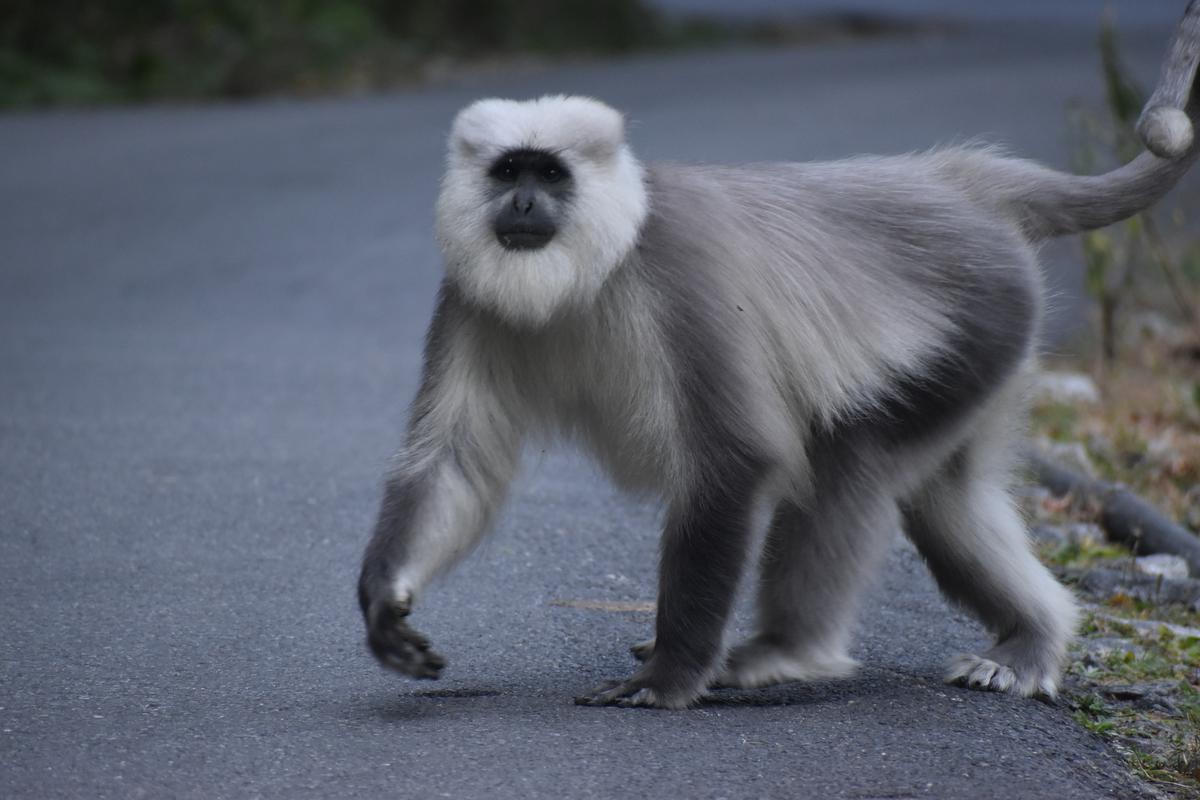
Gray Langurs are a type of monkey found mostly in India. They’re named after Hanuman, a monkey god from Hindu stories, and are important in local culture. These monkeys have gray fur and long tails, and they can live in many places, from forests to cities. They hang out in big groups and eat mostly plants, and sometimes bugs or small animals.
16. Chinchilla
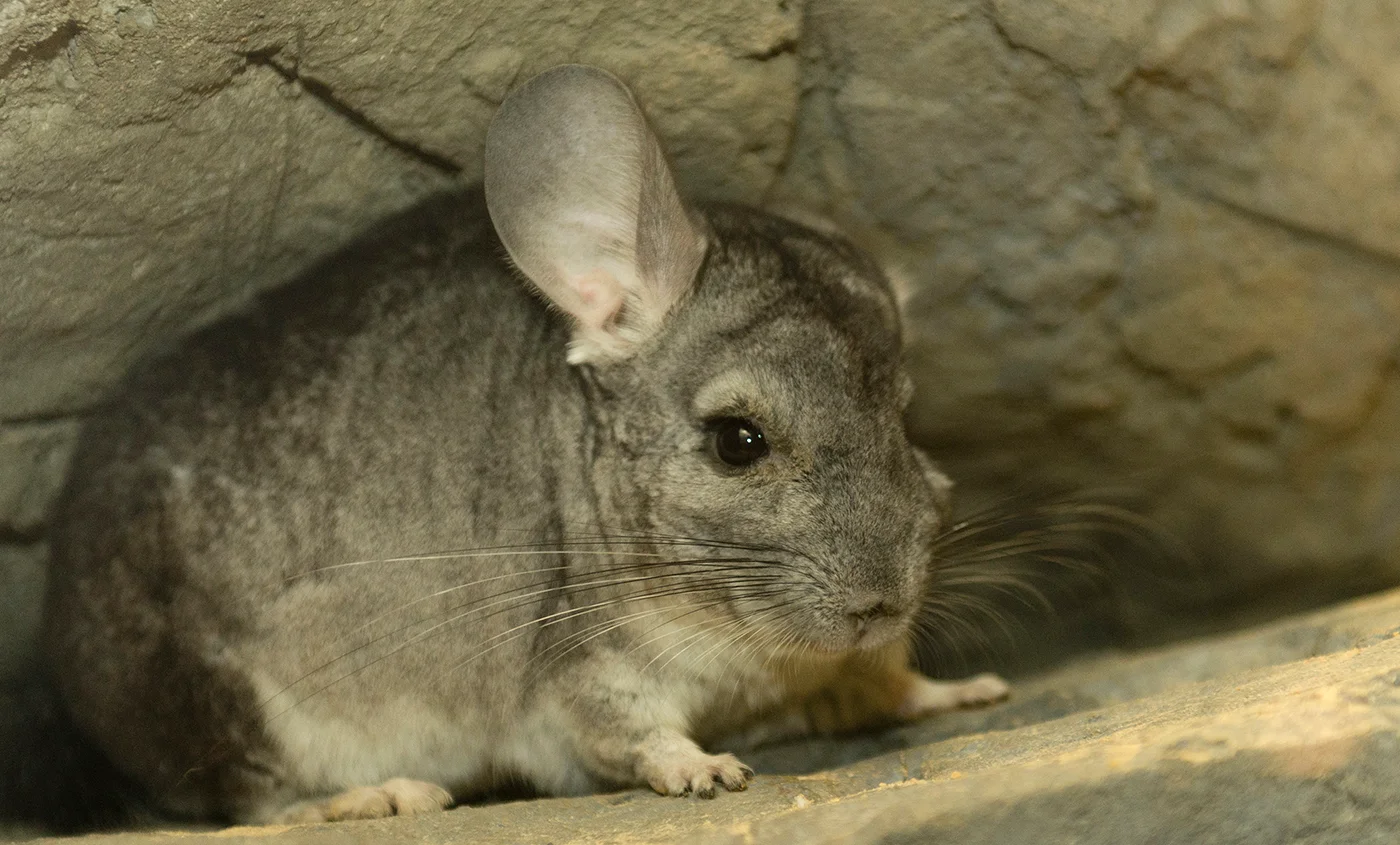
Chinchillas are small, fluffy rodents originally from the Andes mountains in South America. They have incredibly dense fur, which is among the softest of all mammals, making them highly valuable in the fur industry, though this has also led to their decline in the wild. Chinchillas are nocturnal and prefer cooler temperatures due to their thick fur. They’re herbivores, eating mainly plant matter like grasses and leaves.
17. Manatees
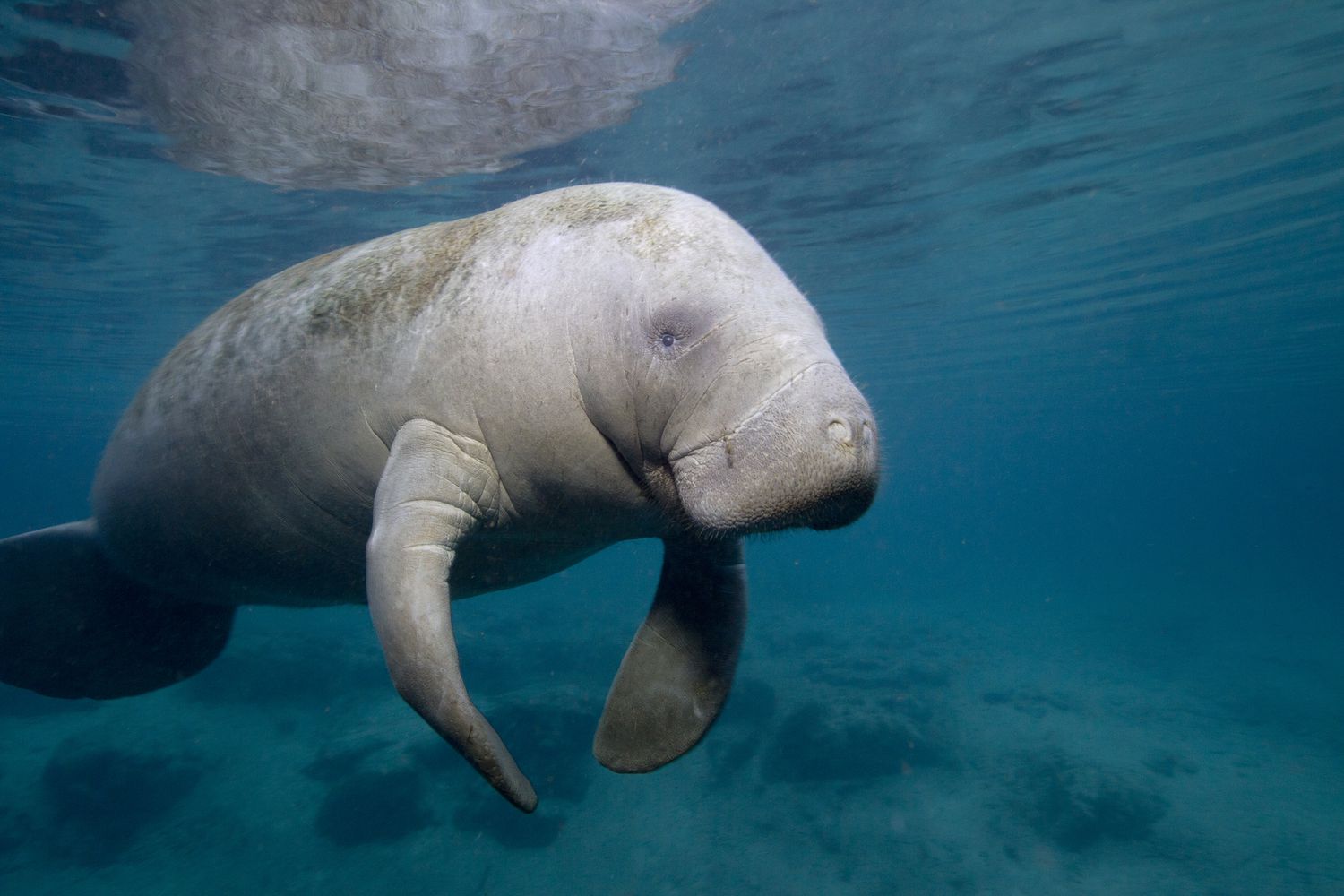
Manatees are big, friendly sea animals often called sea cows. They live in warm waters near coasts and rivers, eating plants like sea grass. They’re related to elephants and move slowly, using a big, flat tail to swim. Manatees have to come up for air now and then. An interesting thing about them is they help keep underwater environments healthy by eating lots of plants.
18. Opossum
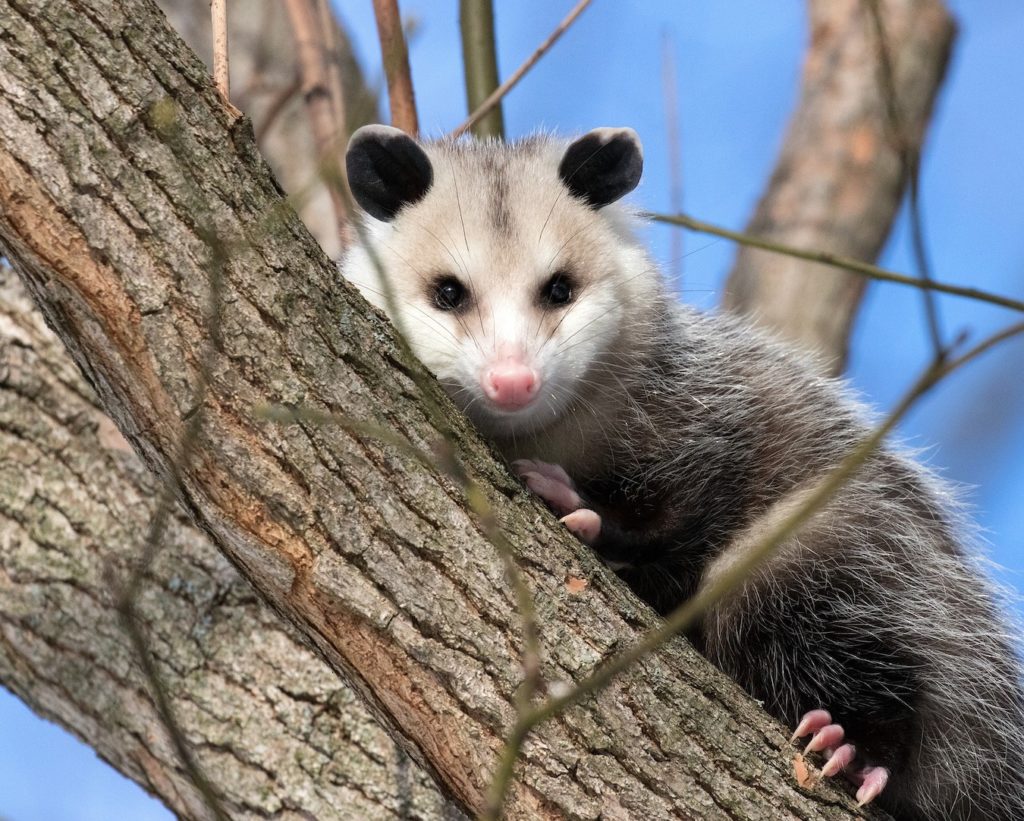
Opossums are small to medium-sized marsupials found mainly in the Americas, with the common opossum being the most widespread in North America. They’re known for their ability to play dead as a defense mechanism against predators. Opossums have a varied diet, eating everything from fruits and insects to small animals and garbage, making them adaptable to different environments, including urban areas.
19. Raccoon
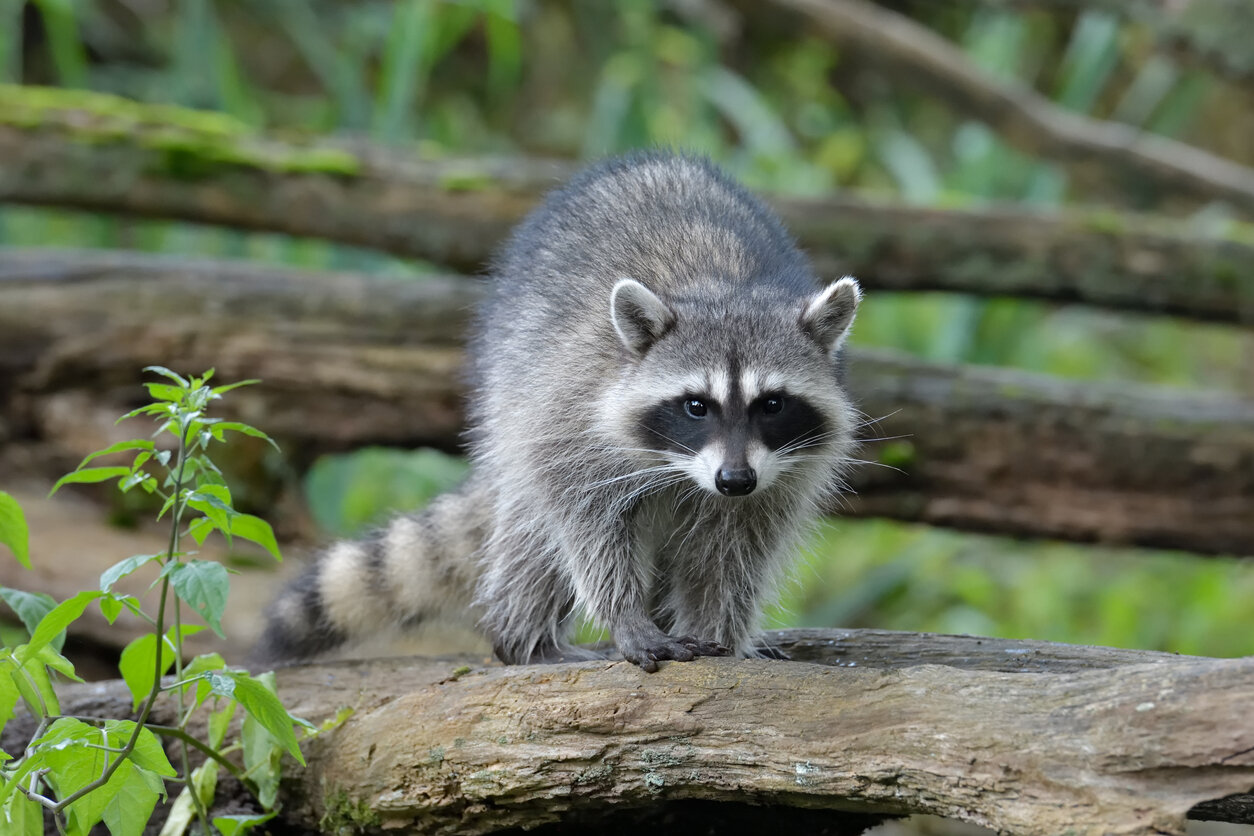
Raccoons are medium-sized mammals known for their distinctive black “mask” of fur around their eyes and ringed tails. They’re highly adaptable and can live in forests, mountains, and cities. Raccoons are omnivores, meaning they eat both plants and animals, including fruits, nuts, insects, and leftovers they find in trash cans in urban areas.
20. Pigeons
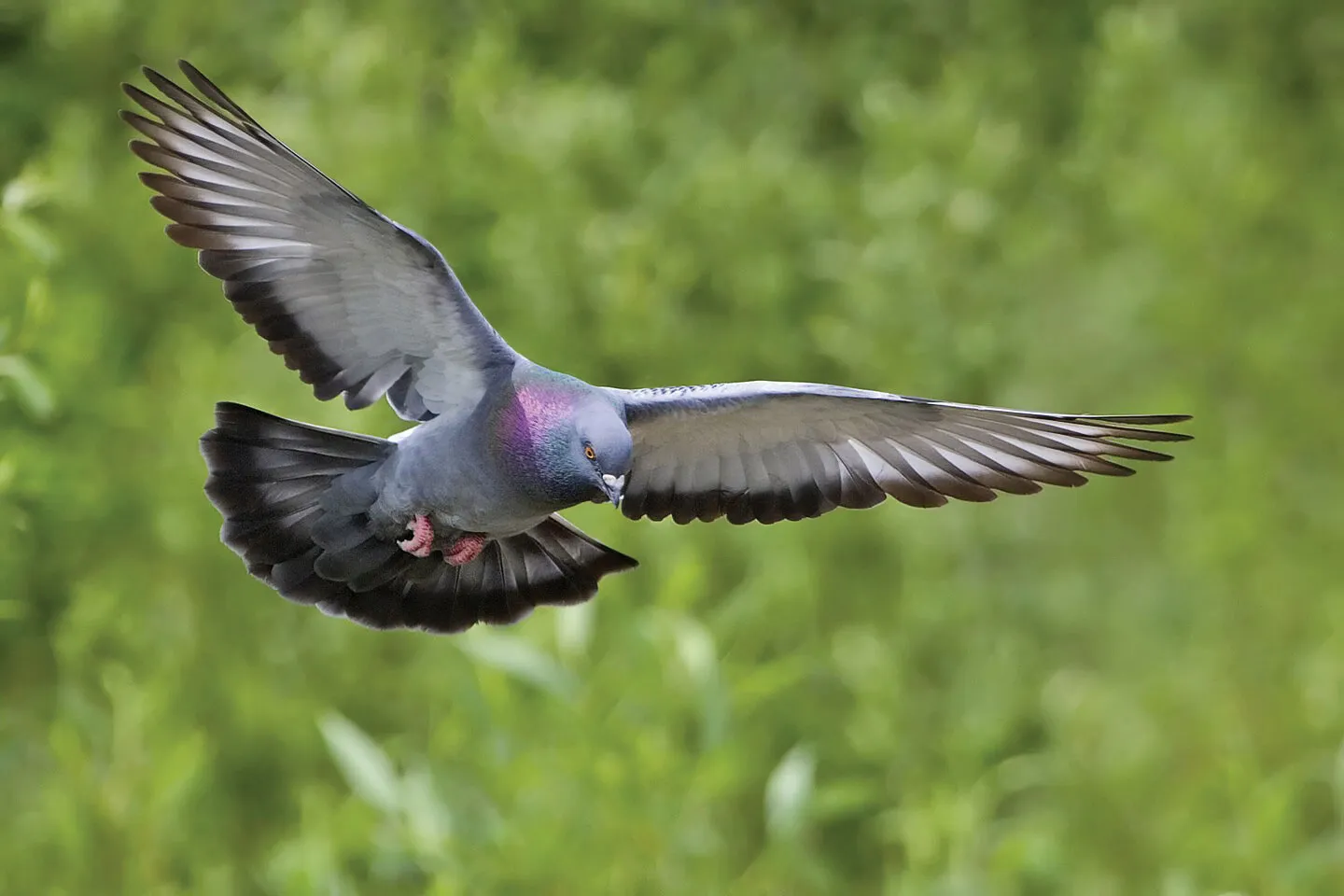
Pigeons are familiar birds found in cities and rural areas around the world. Known for their ability to navigate home over long distances, they’ve been used for carrying messages in the past. Pigeons eat seeds, fruits, and occasionally insects, adapting easily to urban environments where they often feed on scraps.
21. Silver Fox
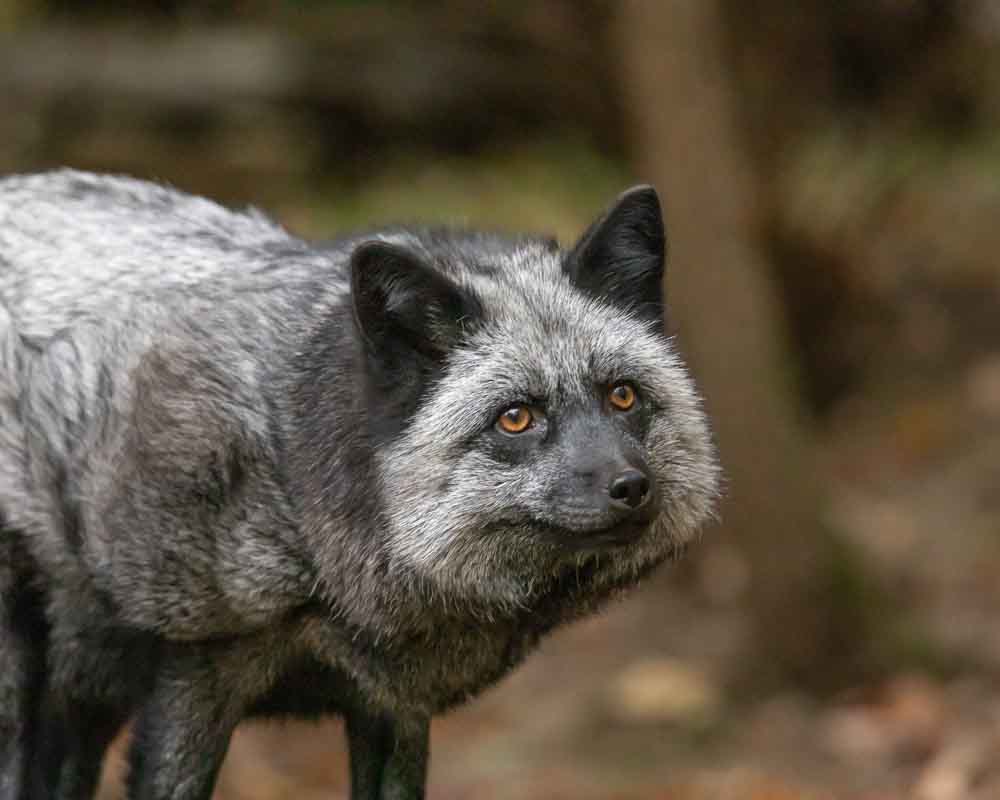
The Silver Fox is a color variation of the Red Fox, known for its beautiful silver-black fur. These foxes are found in the wild, mainly in the northern part of the Northern Hemisphere, but the silver variant is especially popular in fur farms. Silver Foxes are adaptable, omnivorous animals, eating a diet that includes rodents, rabbits, fruit, and vegetables.
22. Weimaraner

The Weimaraner is a large dog breed originally from Germany, known for its sleek, silver-gray coat and striking amber or blue eyes. These dogs were bred for hunting large game such as deer and bear, but today they’re popular as companion animals and are known for their high energy and intelligence. Weimaraners are very loyal to their families and can be protective.
23. Ferret
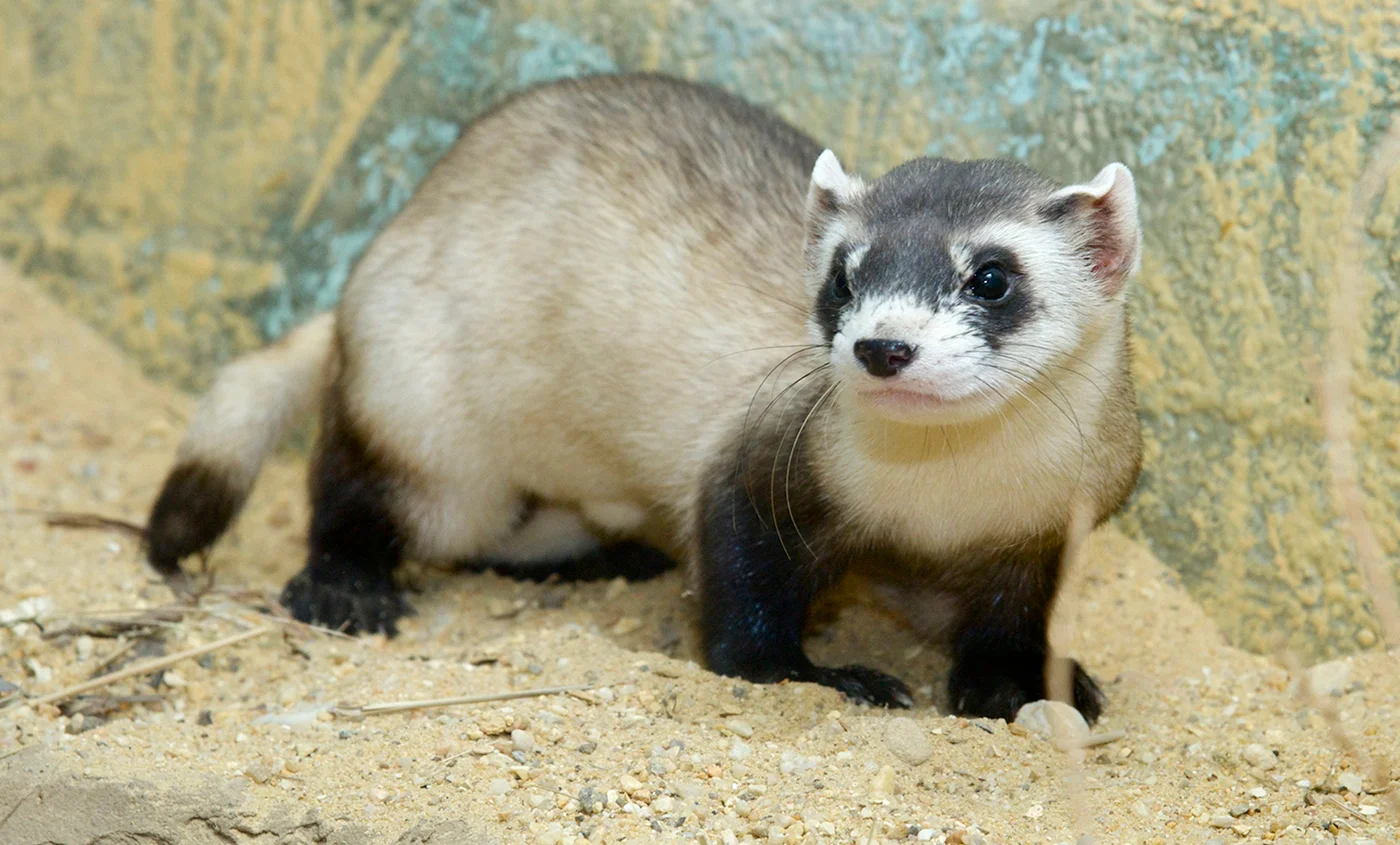
Ferrets are small, playful mammals that belong to the weasel family. They have been domesticated for thousands of years, initially used for hunting rabbits due to their slender build that allows them to chase prey into burrows. Ferrets have a curious and lively nature, making them popular pets. They require a lot of attention and space to explore and play.
24. Gray Banded King Snake
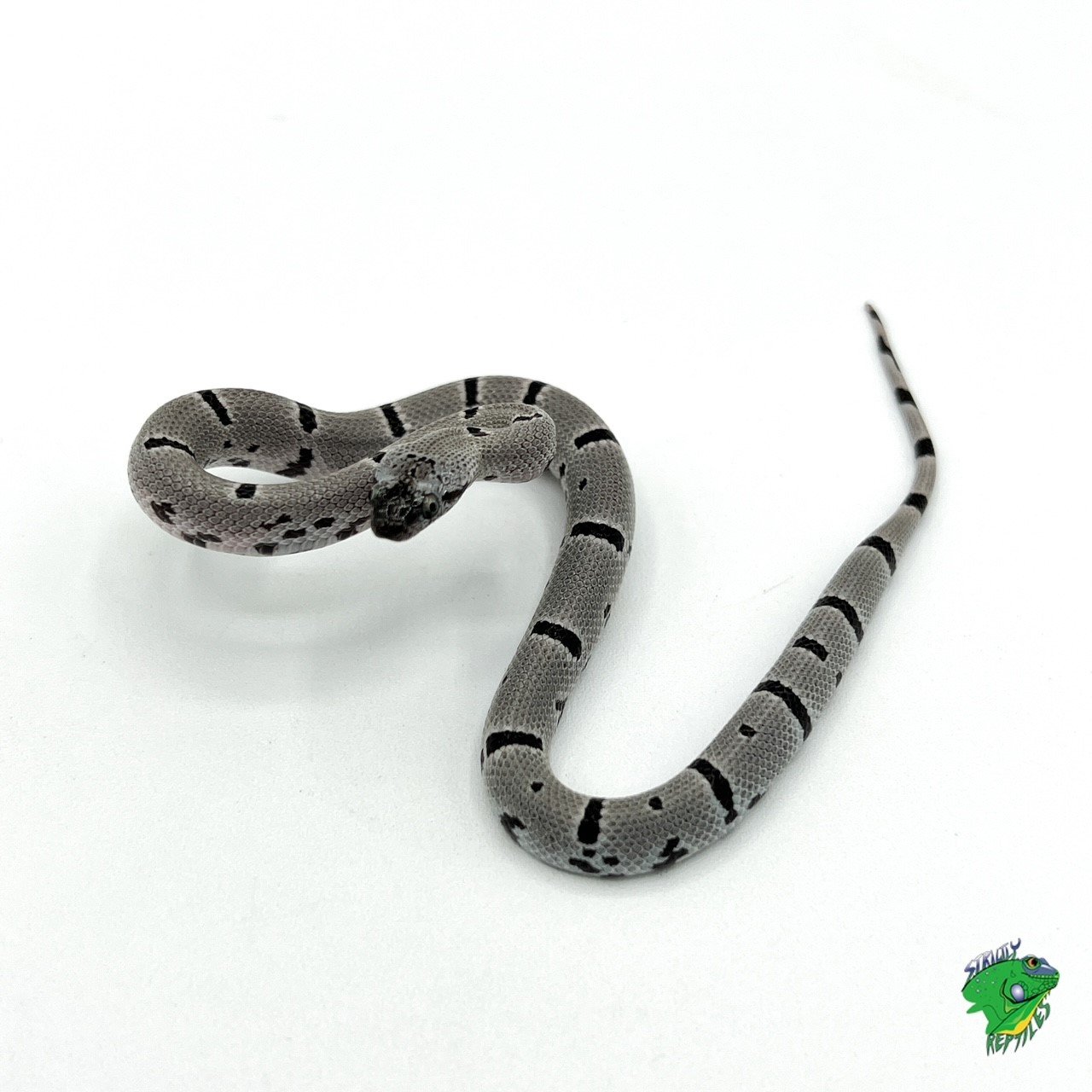
The Gray Banded Kingsnake is a species of non-venomous snake known for its striking appearance, characterized by alternating bands of gray or silver and orange or red along its body. Native to the southwestern United States and northern Mexico, these snakes are often found in arid and semi-arid regions, particularly in rocky areas. They are nocturnal, preferring to hunt at night for their prey, which includes rodents, lizards, and other small animals.
25. Siberian Husky Gray

The Siberian Husky is a medium-sized working dog breed with a thick double coat that comes in various colors, including shades of grey. Originating from Siberia, these dogs were bred by the Chukchi people for sled pulling and companionship. Siberian Huskies are known for their endurance, friendly disposition, and striking appearance, which often includes blue or multicolored eyes.
26. Barbary Macaque
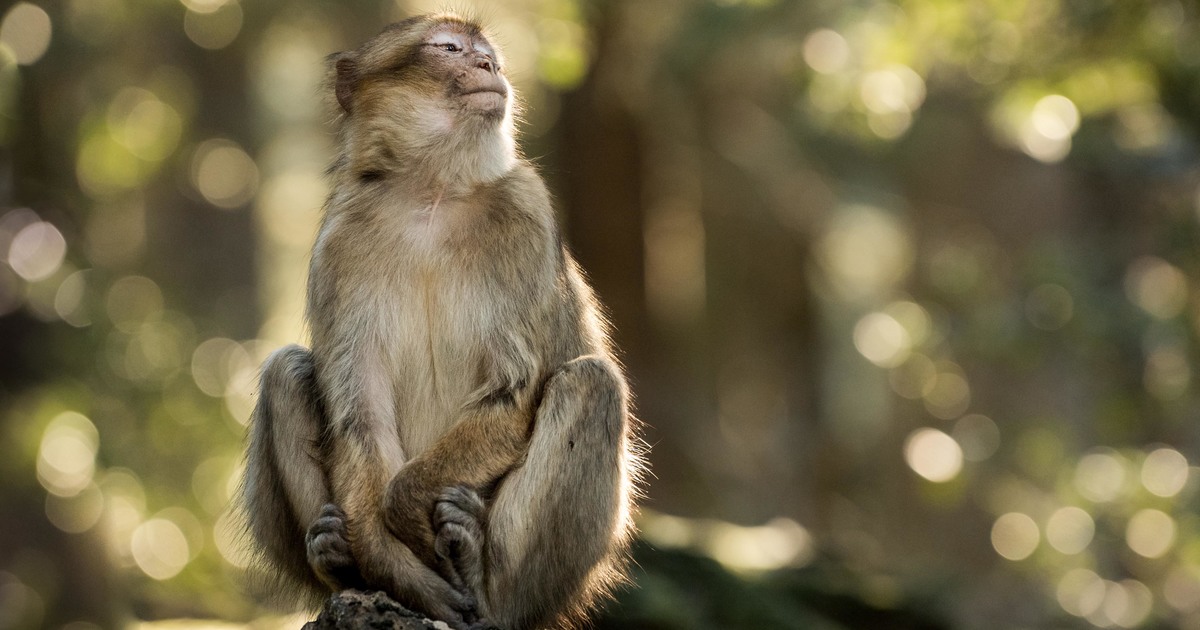
The Barbary Macaque is a unique species of monkey found in the Atlas Mountains of Algeria and Morocco, with a small population introduced to Gibraltar. Notably, it’s one of the few species of wild monkeys living in Europe and the only one in Africa that is found outside of the forest habitat, preferring mountainous areas instead. These monkeys are known for their social nature and complex group dynamics.
27. Canadian Lynx
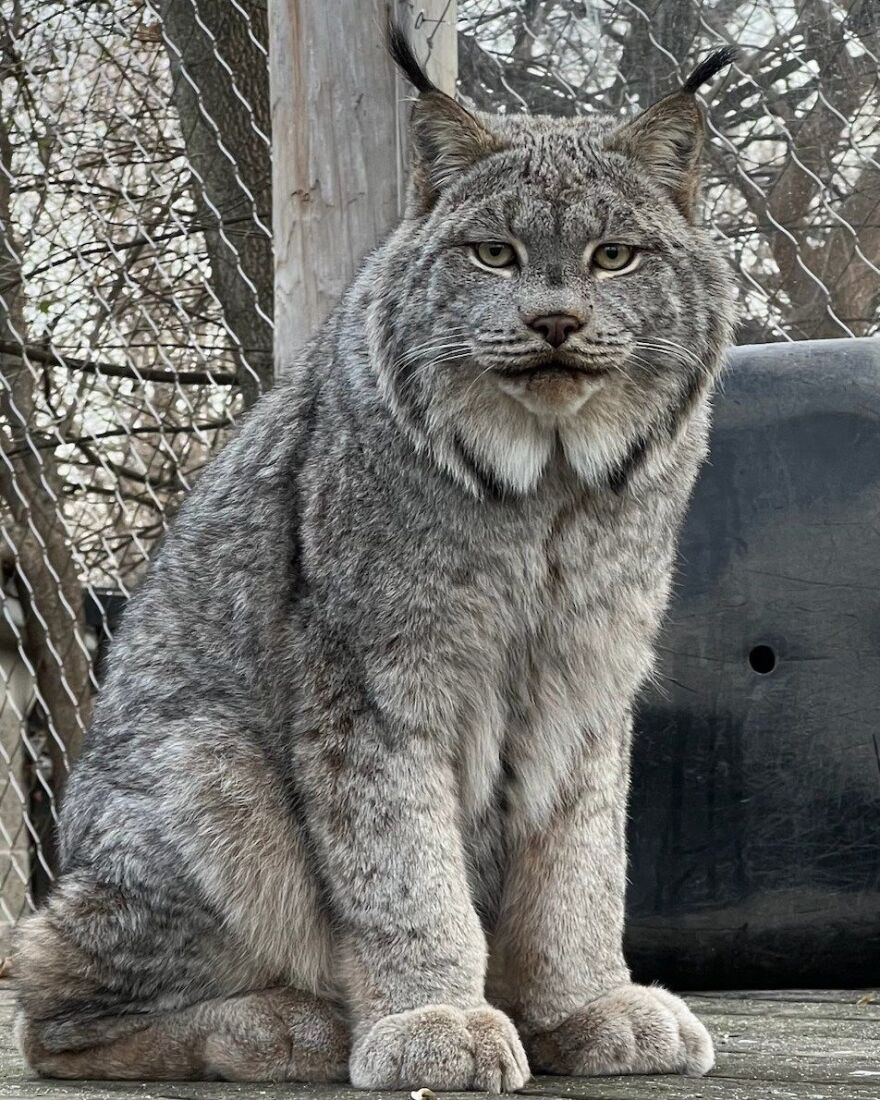
The Canadian Lynx is a wild cat living in Canada and Alaska’s cold forests. It has thick fur, big paws like snowshoes, and pointy ears, perfect for snowy weather. It mostly eats snowshoe hares, and its numbers go up and down with the hare’s numbers. A cool thing about this lynx is its gray fur helps it hide in the snow when it hunts, making it a sneaky hunter that’s hard to spot.
28. Cape Buffalo
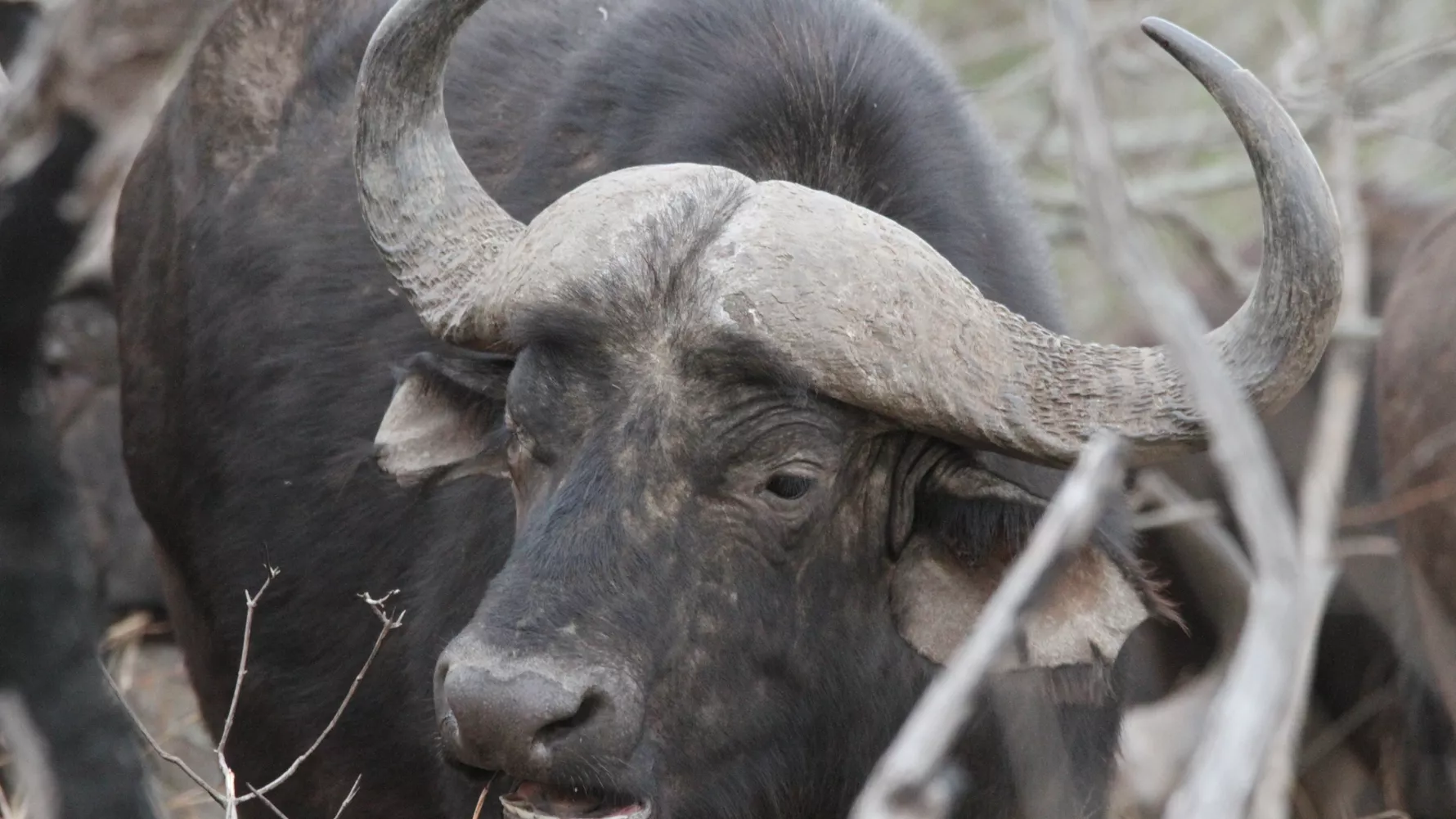
The Cape Buffalo, also known as the African Buffalo, is a large, powerful animal found in sub-Saharan Africa. It’s known for its sturdy build, large horns that can span up to 1 meter across, and unpredictable nature, making it one of the most dangerous animals to humans on the continent. These buffaloes live in herds and are very social, helping each other in times of danger. They eat grass and need to drink water daily, which keeps them close to water bodies.
29. Gray-headed Flying Fox
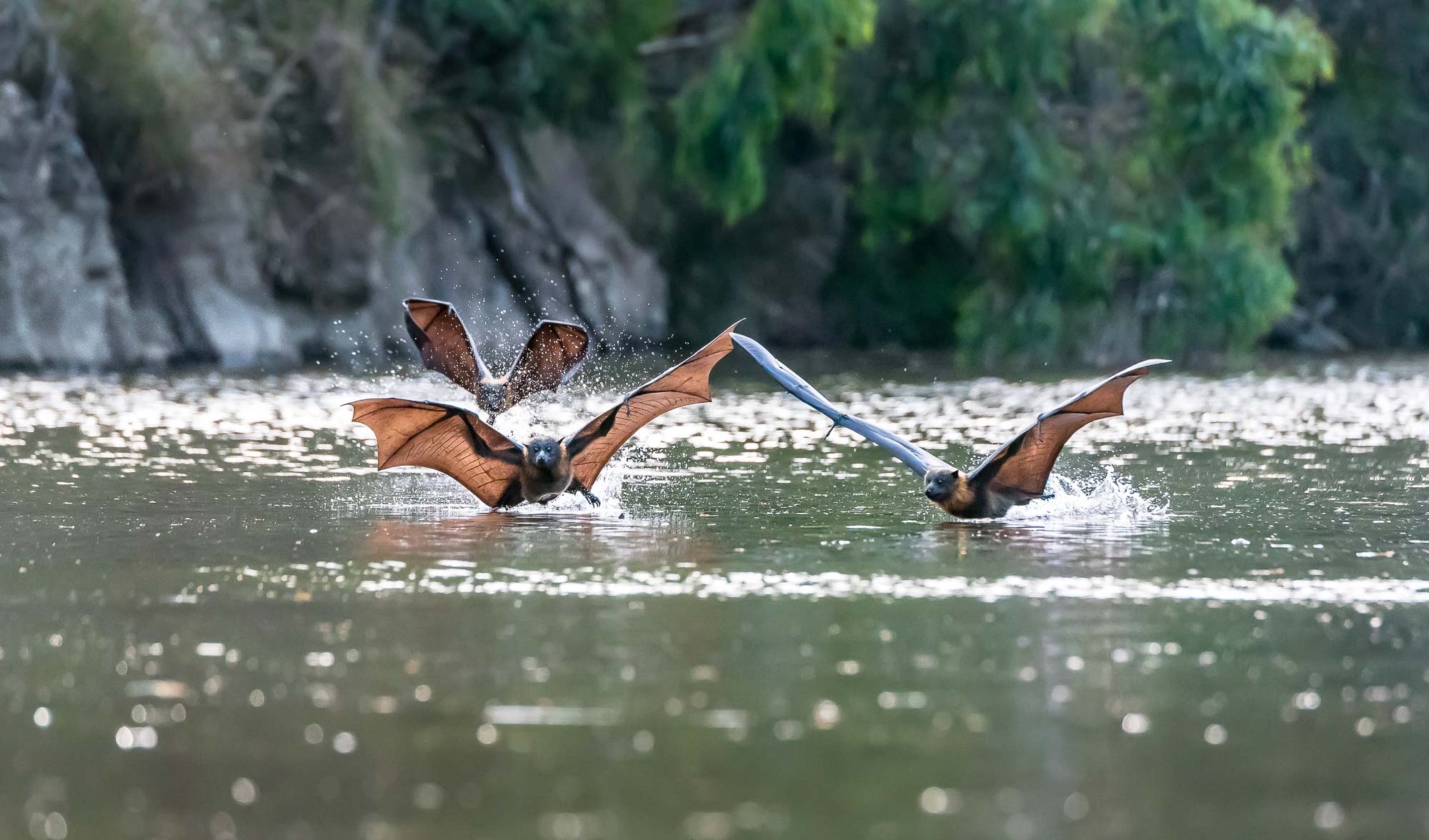
The Gray-headed Flying Fox is a big bat from Australia with a gray head and big wings. It helps plants grow by spreading pollen and seeds while eating nectar and fruit. These bats live together in big groups and are very important for nature, but they’re having trouble because of losing homes and problems with people.
30. Gray-headed Albatross
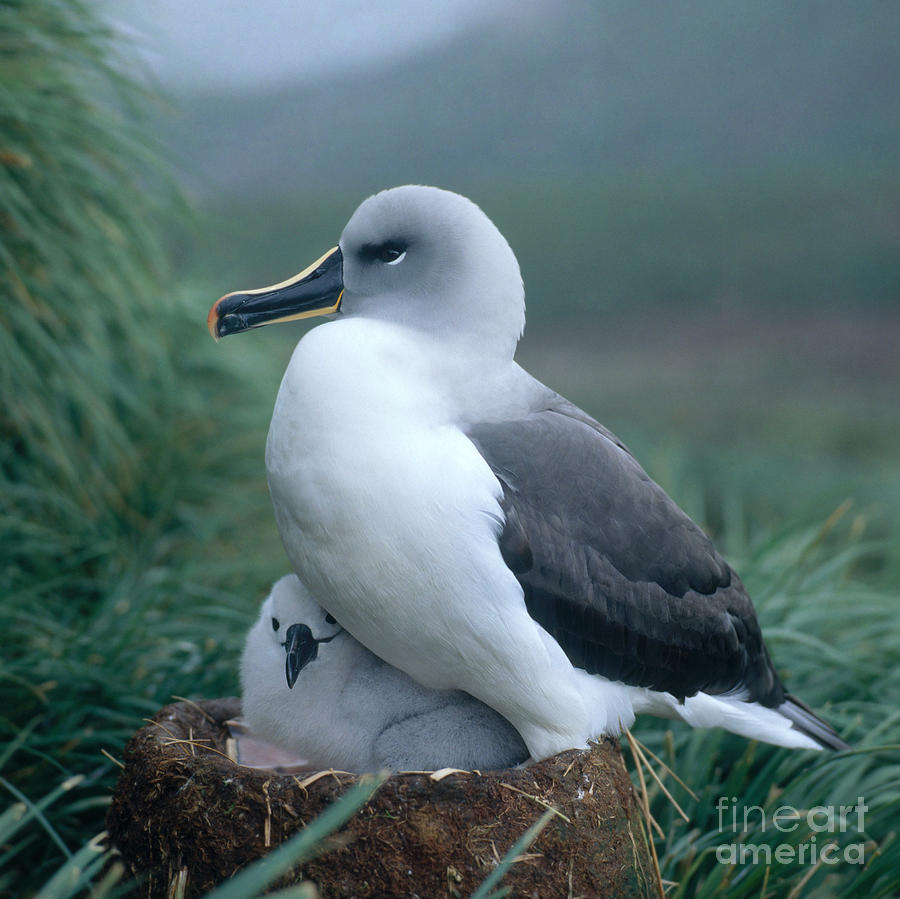
The Gray-headed Albatross is a seabird with a gray head, white body, and dark wings, known for flying long distances over the ocean. They eat fish, squid, and krill and nest on remote islands. These birds can travel very far, but they’re at risk because of fishing practices and climate change affecting their food and nesting.
31. Gray Heron

The Gray Heron is a tall bird with a long neck and legs, easily recognized by its gray feathers, white head, and black stripe above the eye. It’s found in wetlands across Europe, Asia, and parts of Africa, where it stands still in water to catch fish, frogs, and insects with its sharp beak. Gray Herons are known for their solitary nature but come together during the breeding season to form colonies in trees near water.
32. Vaquita
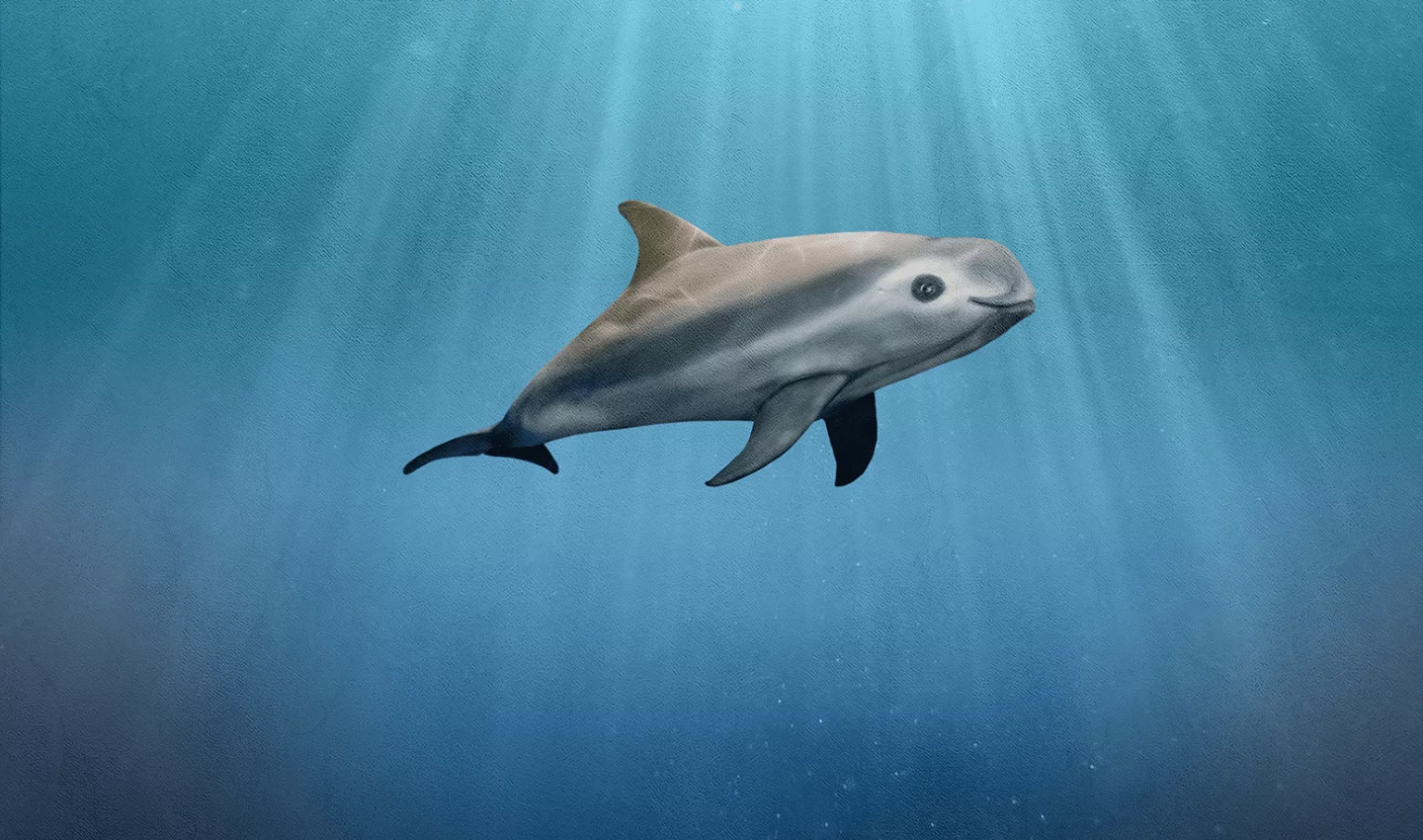
The Vaquita is the world’s most endangered marine mammal, found only in the northern part of the Gulf of California, Mexico. It’s a small porpoise with a distinctive dark ring around its eyes and dark patches on its lips, making it unique among porpoises. Vaquitas are shy and elusive, rarely seen by humans. They get caught and drown in illegal gillnets used for fishing another endangered species, the totoaba fish, whose swim bladder is highly valued.
33. Granite Night Lizard
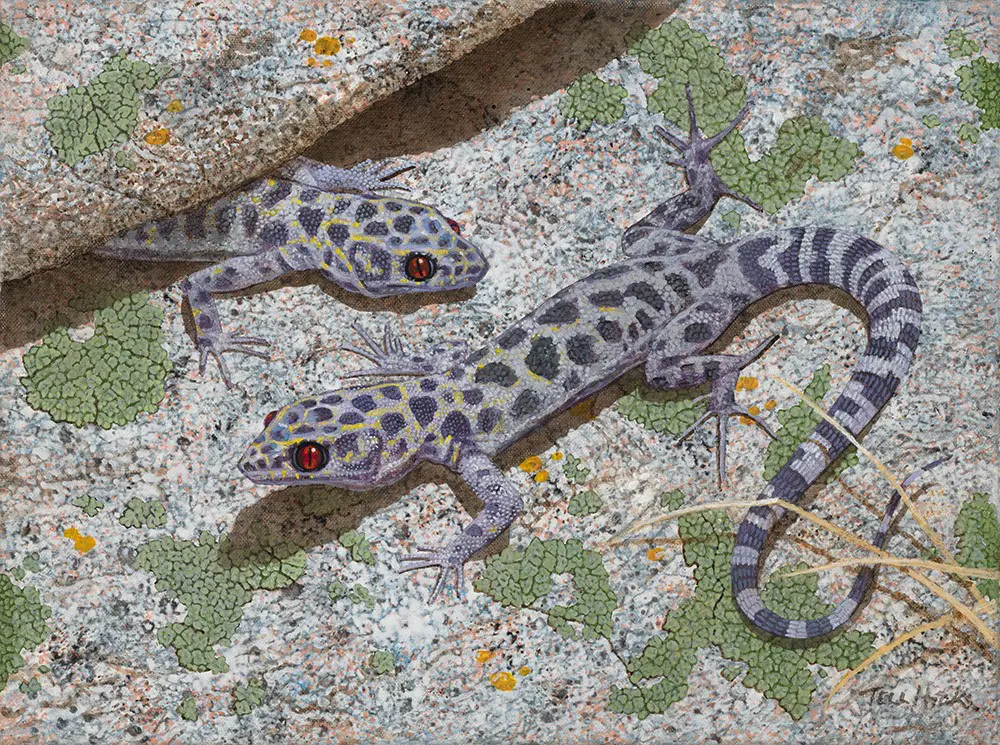
The Granite Night Lizard is a small, hard-to-find lizard living on granite rocks in California and Mexico. It blends in with the rocks, comes out at night to eat bugs, and is unique because it has live babies instead of laying eggs. Since it lives in just a small area, it could be in trouble if its home changes too much.
34. Hero Axolotl
The Axolotl is a special kind of salamander that stays in the water its whole life and can regrow lost body parts, like limbs and even its heart. They live only near Mexico City but are in danger because of pollution and losing their home. People study them for their amazing healing ability, but we need to protect them to keep them around.
35. Wedge-tailed Eagle grey
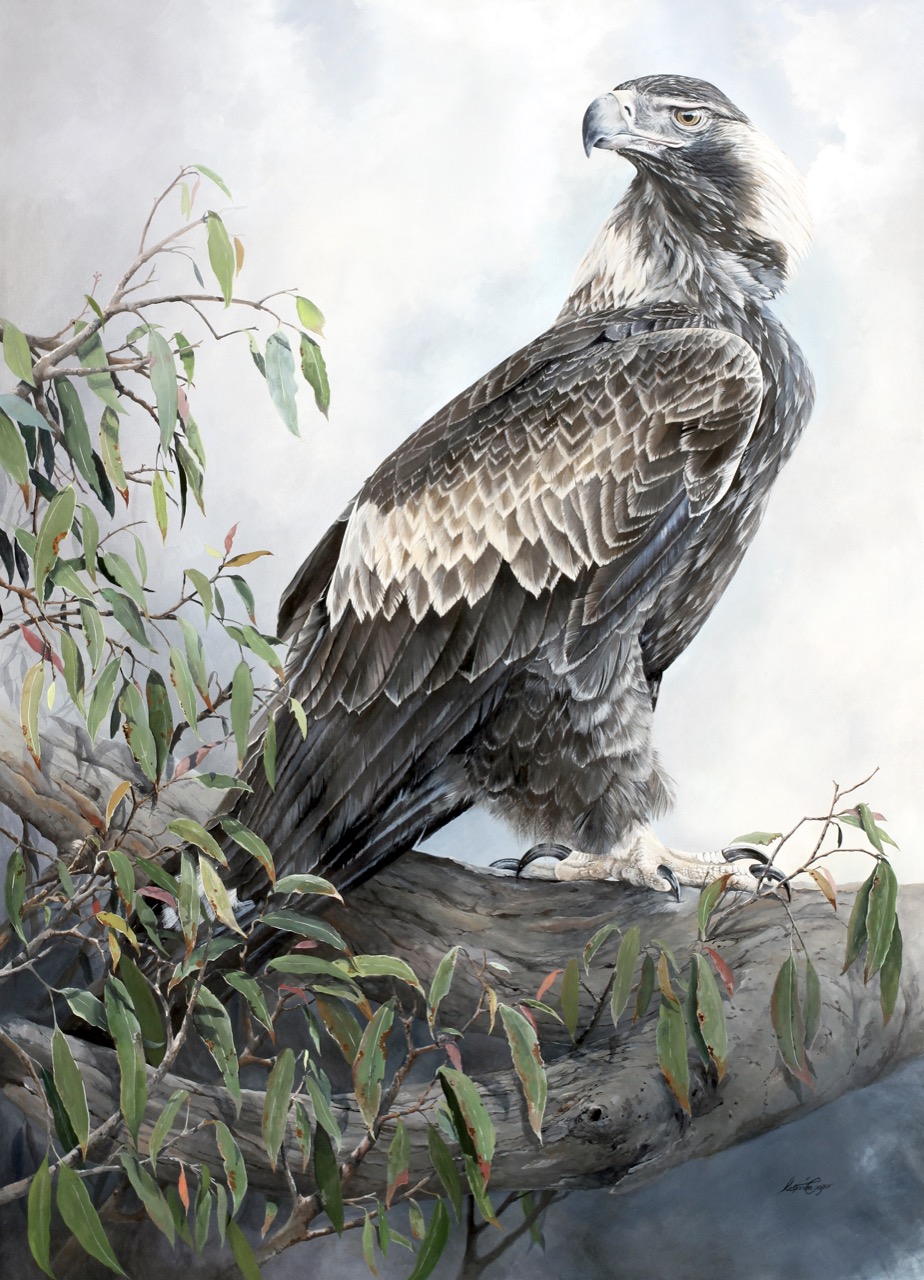
The Wedge-tailed Eagle is a big bird from Australia with a unique tail shape and huge wings. It looks dark brown, but sometimes its feathers seem gray. This eagle is a strong hunter who eats many different animals and has super sharp eyesight to spot food from far away.
36. Driftwood
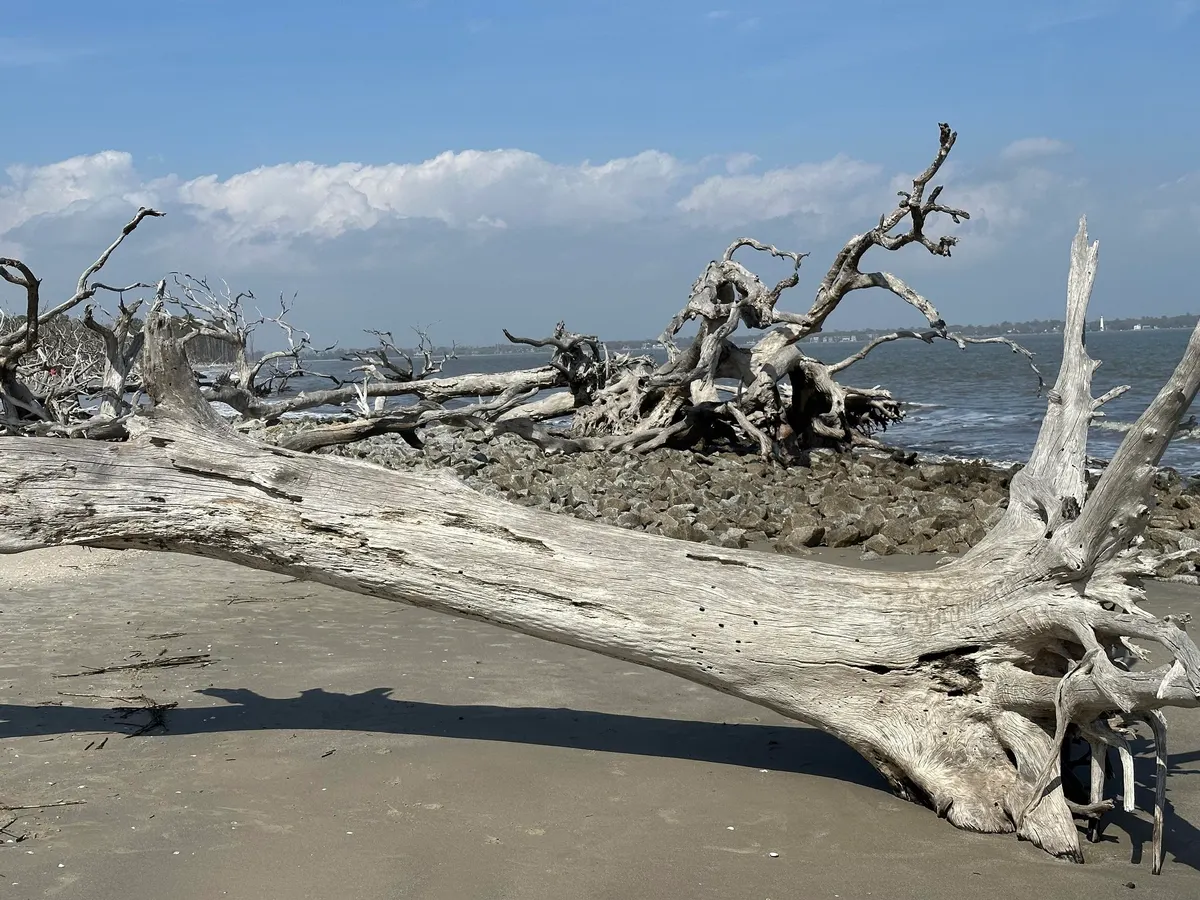
Driftwood is wood that the water brings to shores or beaches. It gets smooth and shapes nicely over time. Driftwood helps nature by being a home for animals and giving nutrients to the area. People like to use it for crafts and decorations because it looks cool and has a story.
37. Ghost Plant
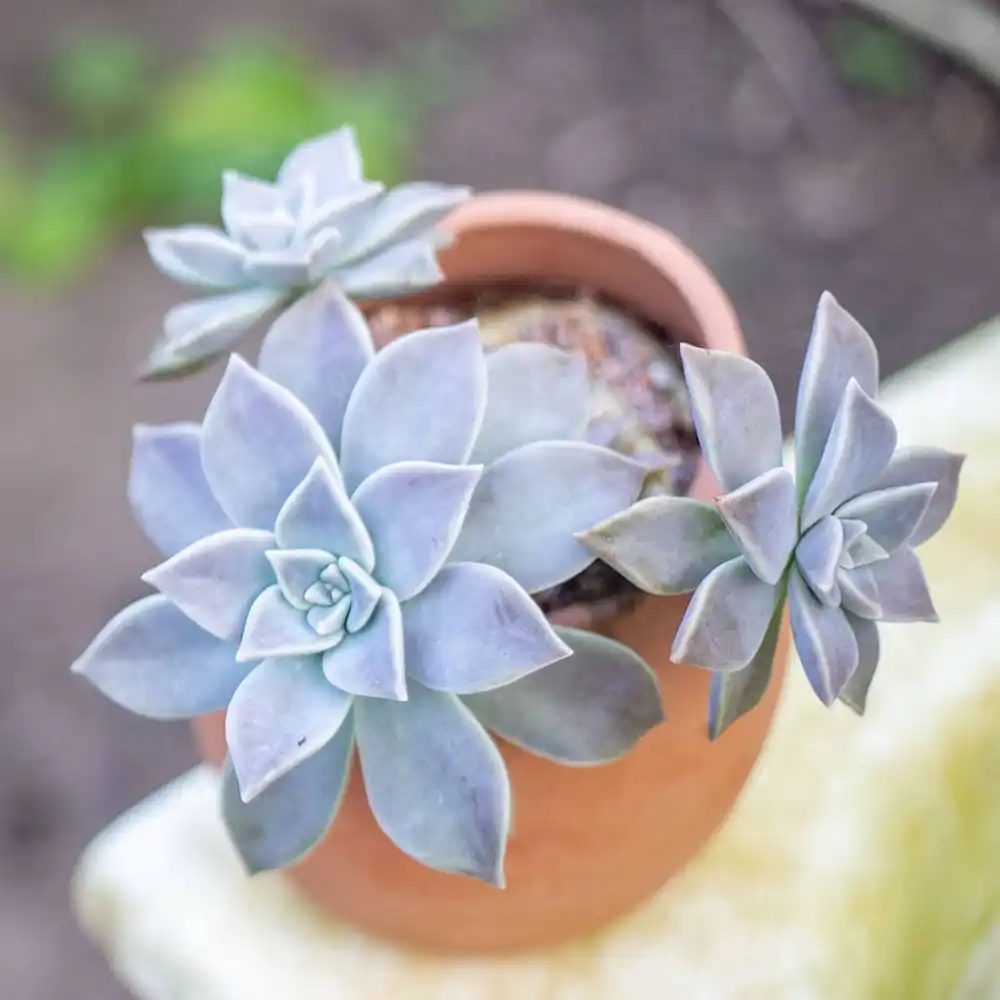
The Ghost Plant, or Indian Pipe, is a special white plant that doesn’t need sunlight to grow because it doesn’t have chlorophyll. Instead, it gets food from fungi in the ground linked to tree roots. It looks spooky and can grow in dark forests. Even though it’s white, it’s not a fungus but a real plant that can turn pink as it gets older.
38. Pebbles
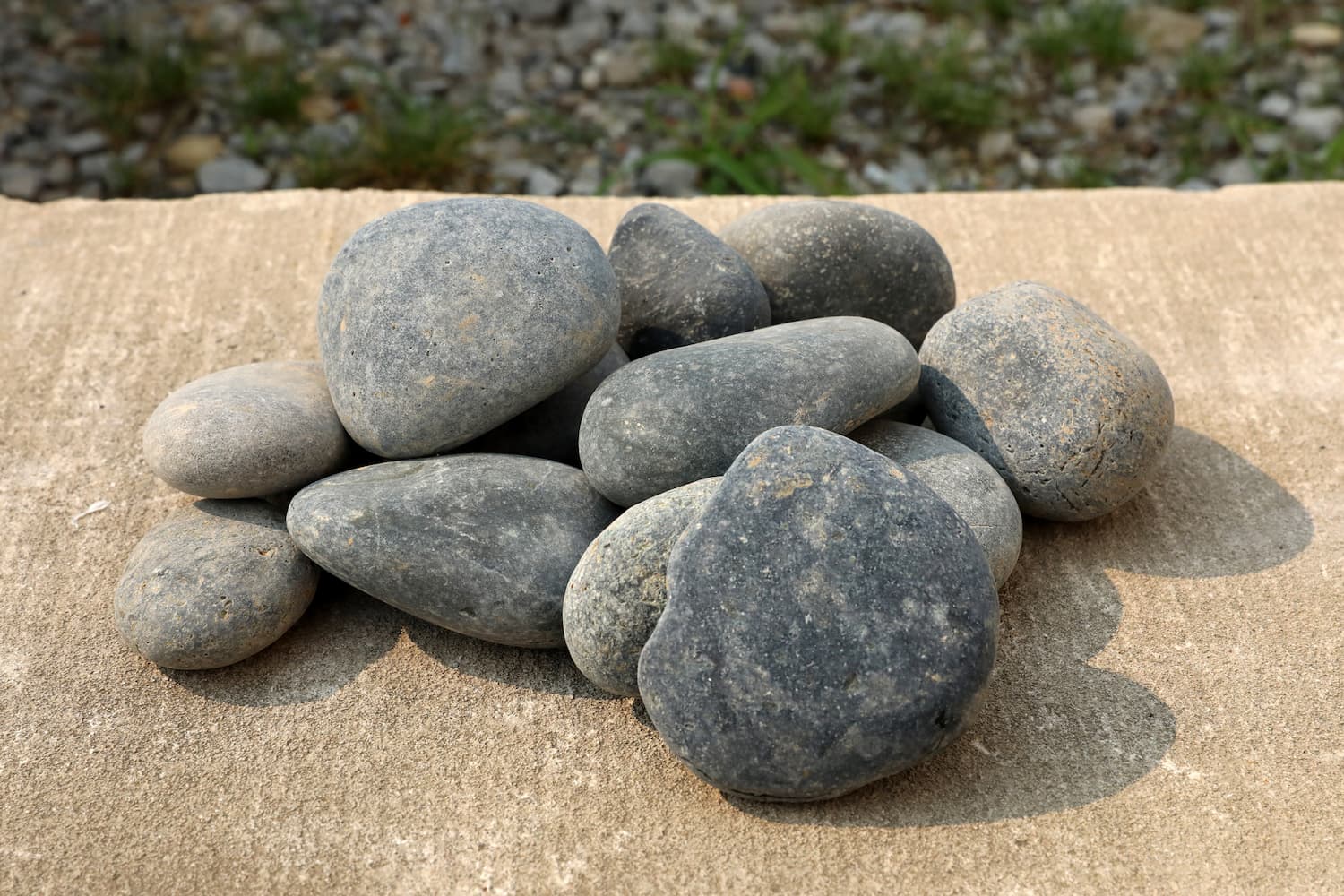
Pebbles are small, smooth stones found on beaches and riverbanks. They start off as bigger rocks that get smaller and smoother over time because water and sand rub against them. Pebbles come in many colors and shapes, making them popular for decorating gardens, pathways, and even crafts.
39. Senecio Cineraria
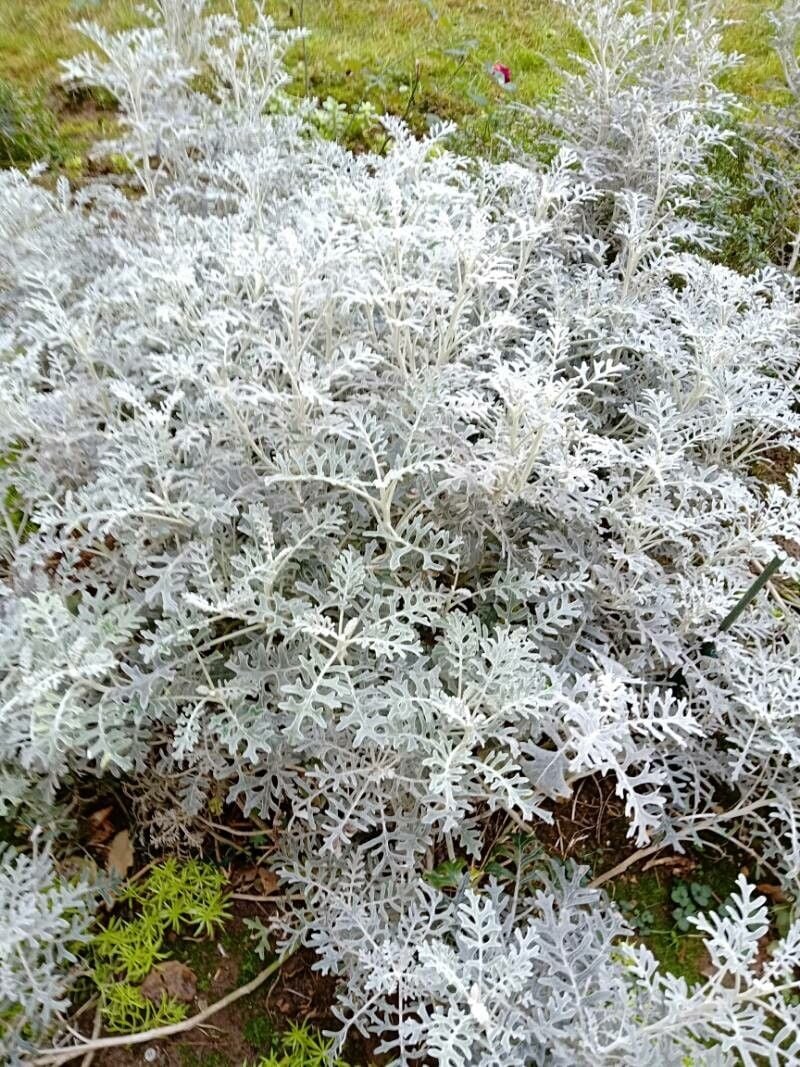
Senecio cineraria, commonly known as Dusty Miller, is a popular ornamental plant known for its striking silver-gray foliage. This plant is highly valued in gardens and landscaping for its unique color, which provides a beautiful contrast to green plants and colorful flowers. Dusty Miller is drought-resistant and thrives in well-drained soil, making it an excellent choice for dry or coastal gardens.
40. Silver Mound Artemisia
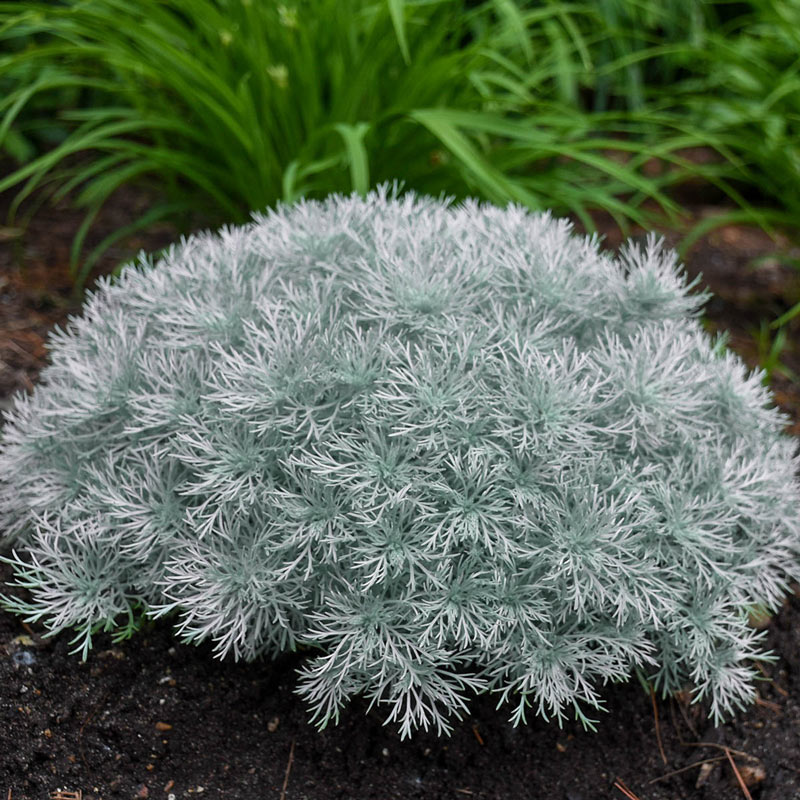
Silver Mound Artemisia is a plant with soft, silver-gray leaves that feel silky. It grows low to the ground in a round shape and doesn’t need much water, making it great for dry areas or rock gardens. It loves sunny spots and is easy to take care of. People like it for its unique color and texture, which adds beauty to gardens.
41. Spider Web
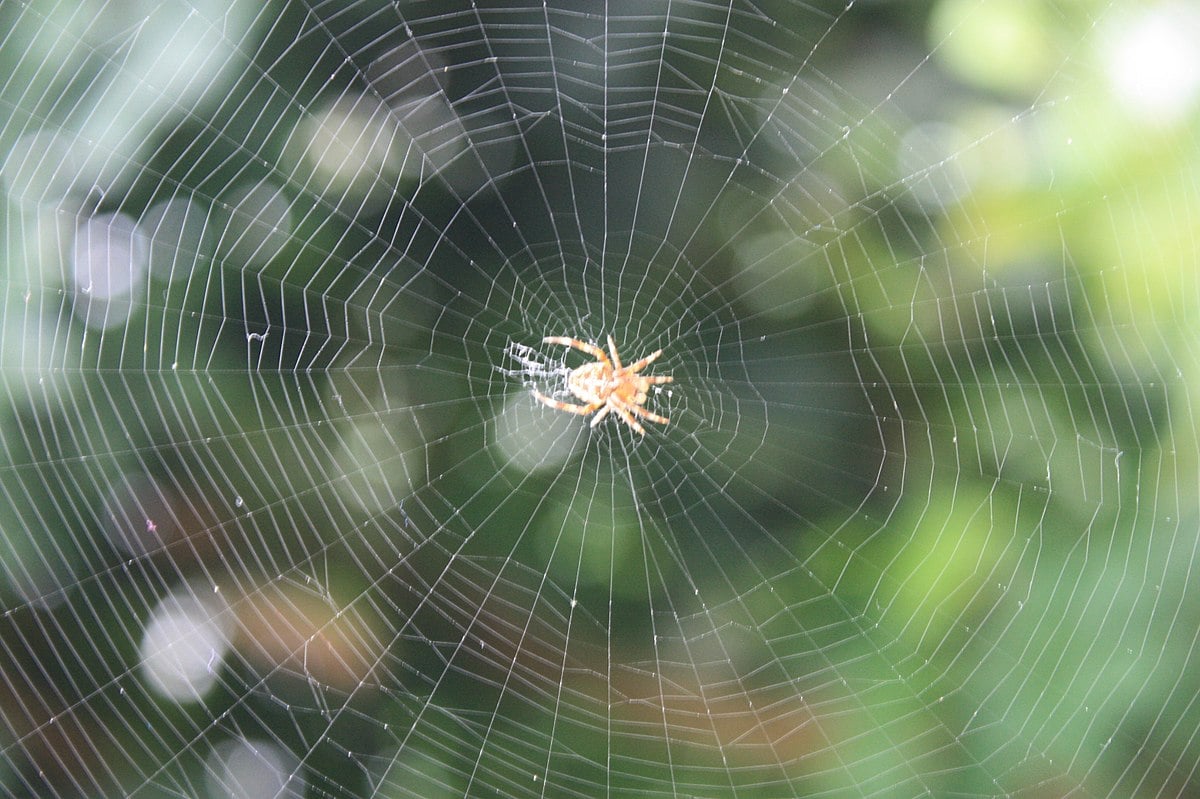
A spider web is a structure created by a spider using silk produced from its spinnerets. Spiders weave webs to catch their prey, which usually consists of insects. The design and shape of the web can vary greatly among different species of spiders, including orb webs, funnel webs, and sheet webs, each adapted to capture prey in specific environments. Spider silk is incredibly strong and flexible, often compared to high-grade steel but much lighter in weight.
42. Graphite For Pencils

Graphite is a form of carbon that is used in pencils, giving them the ability to leave marks on paper. It’s preferred for writing and drawing because it’s soft but durable, and it can create lines of different thicknesses depending on how much pressure you apply. Graphite for pencils is mixed with clay to control the hardness; more clay makes a harder pencil that leaves lighter marks, while less clay results in a softer pencil that leaves darker marks.
43. Shadows
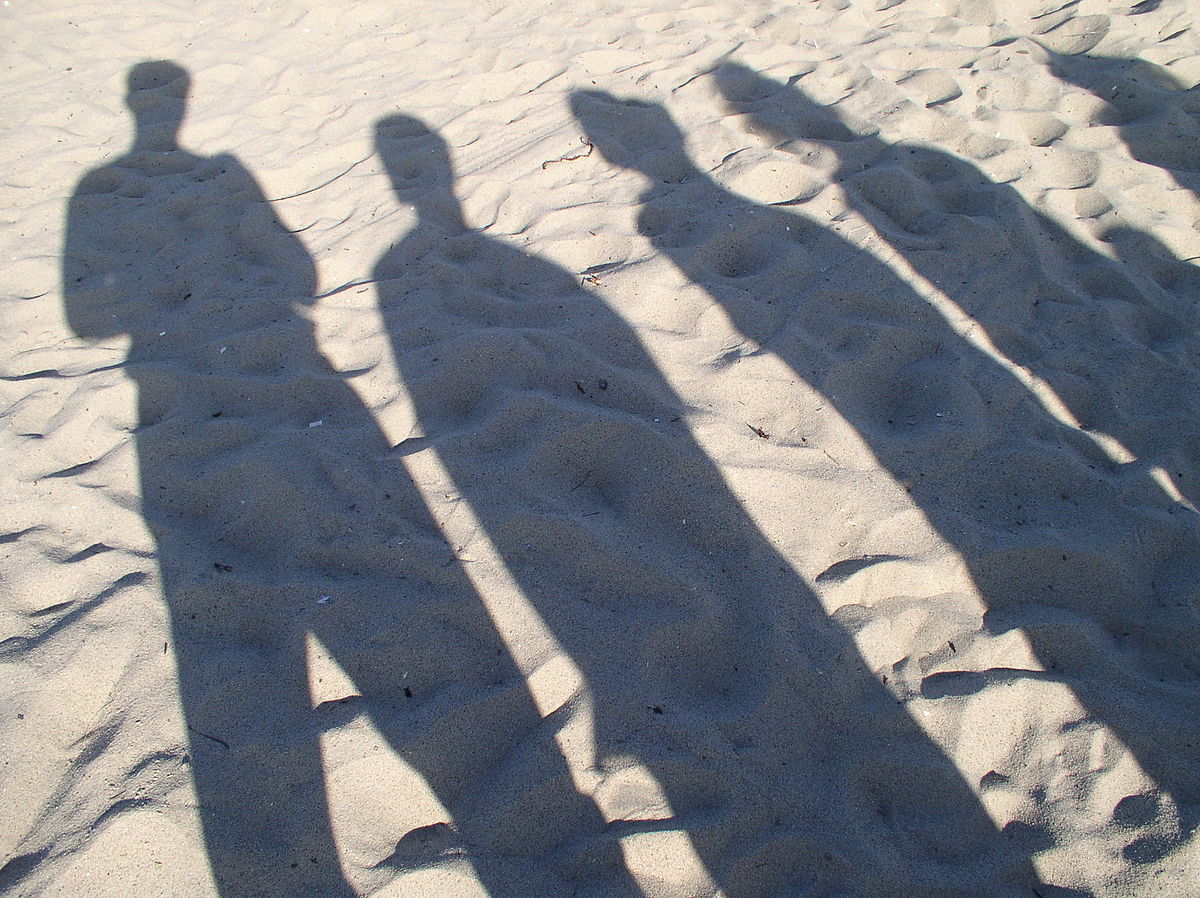
A shadow is a dark spot that shows up when something blocks light. How it looks depends on the light and the object making it. For example, strong light from one spot makes clear, sharp shadows, but soft light from a cloudy sky makes blurry shadows. Shadows move and change shape during the day because the light source, like the sun, moves. Long ago, people even used shadows to tell time with sundials.
44. Galena
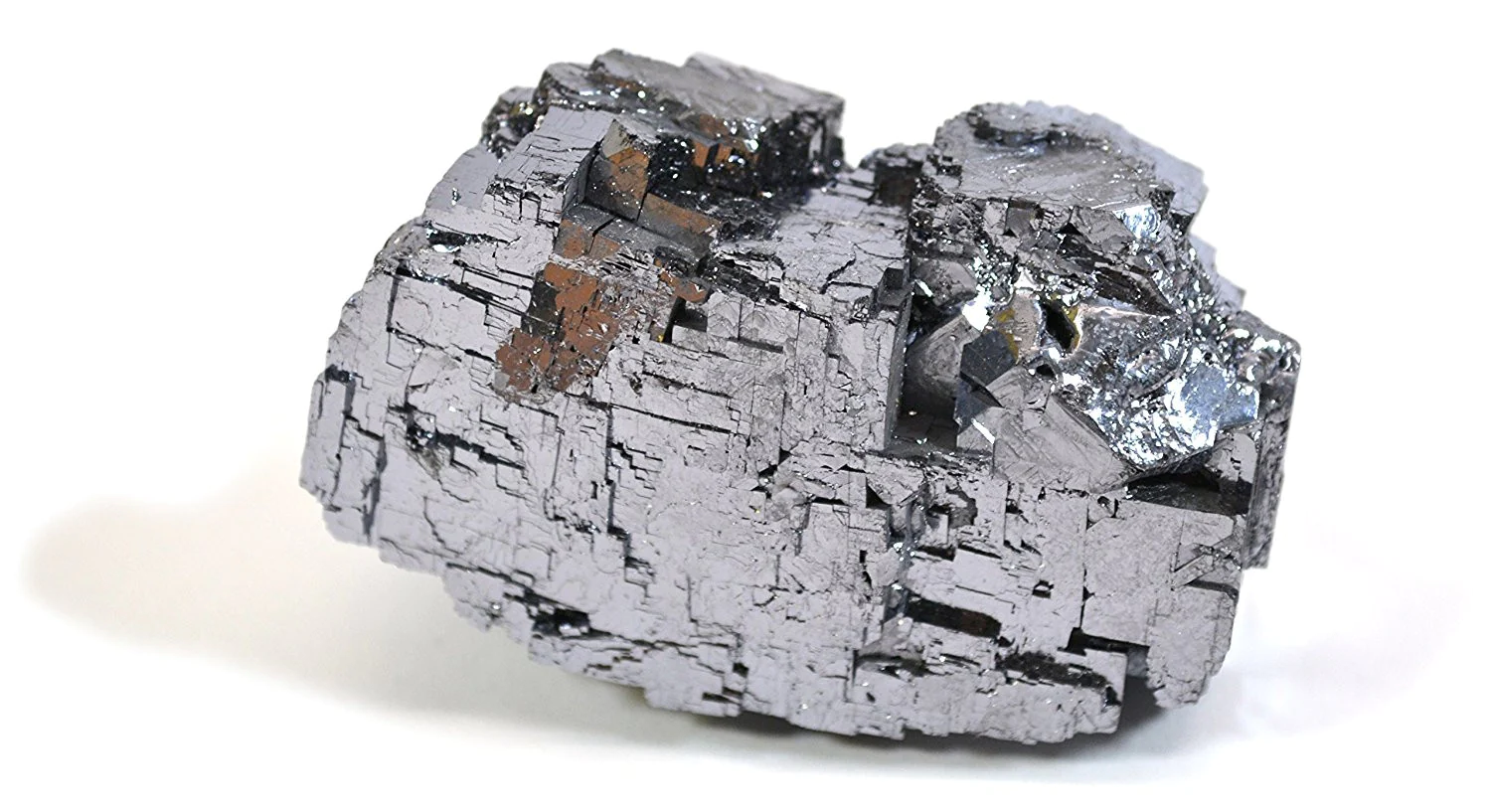
Galena is a natural mineral made mostly of lead sulfide, known for its metallic luster and cubic or octahedral shape. It’s the main source of lead and is often found with silver, making it valuable for extracting these metals. Galena is heavy, soft, and has a grayish-black color. It’s found in various parts of the world, often in limestone or other sedimentary rocks.
45. Meteorites
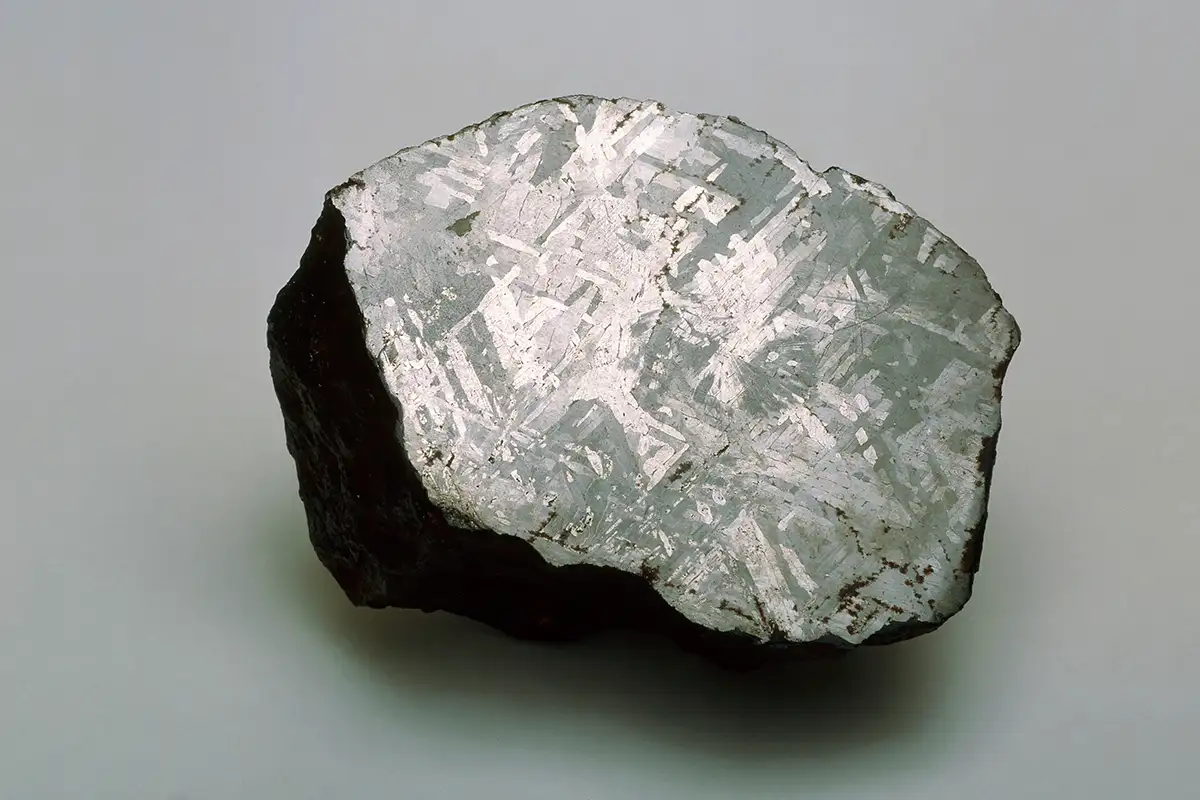
Meteorites are pieces of rock or metal from outer space that survive their journey through Earth’s atmosphere and land on the surface. They come from asteroids, comets, or even other planets, and vary in size from small pebbles to large boulders. Meteorites are classified into three main types: stony, iron, and stony-iron. Stony meteorites, made mostly of rock, are the most common. Iron meteorites consist largely of metallic iron-nickel, and stony-iron meteorites have both metallic and rocky material.
46. Slate Rock
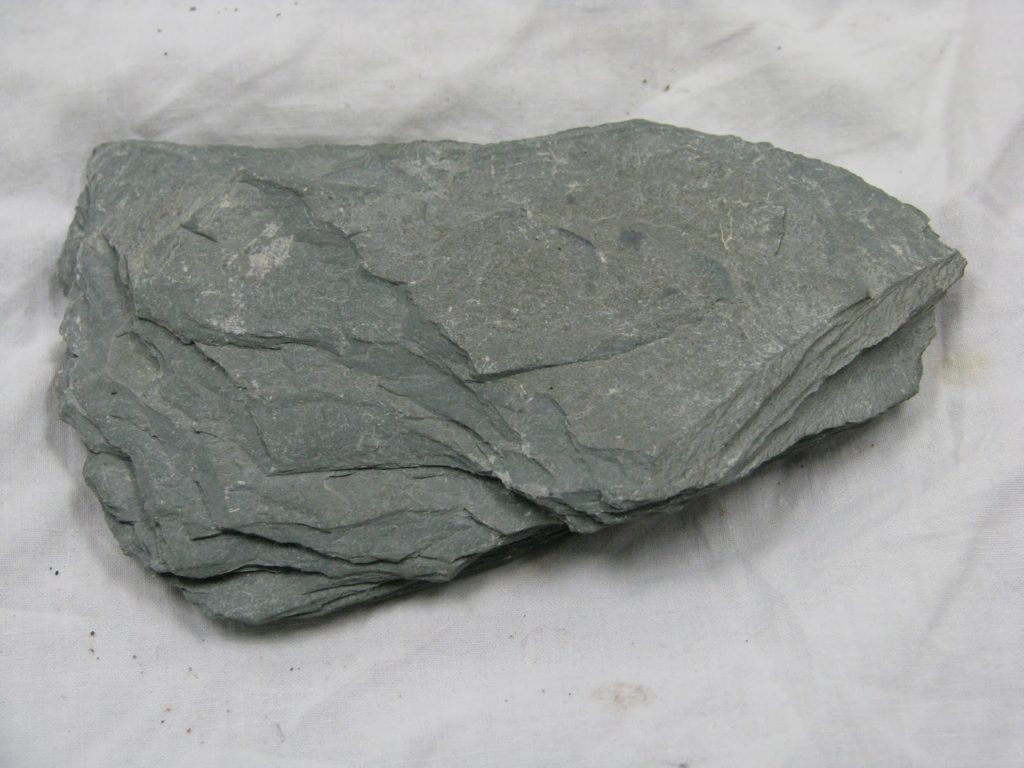
Slate is a strong, flat rock that comes from shale rock squeezed under the ground. It’s great for roofs because it doesn’t let water through and can be cut into thin pieces. Slate can be many colors, like gray, black, green, and red, depending on what minerals are in it. People used to write on it with chalk in schools, and it’s also used for floors, paths, and to decorate buildings because it looks nice and lasts a long time.
47. Birch Bark
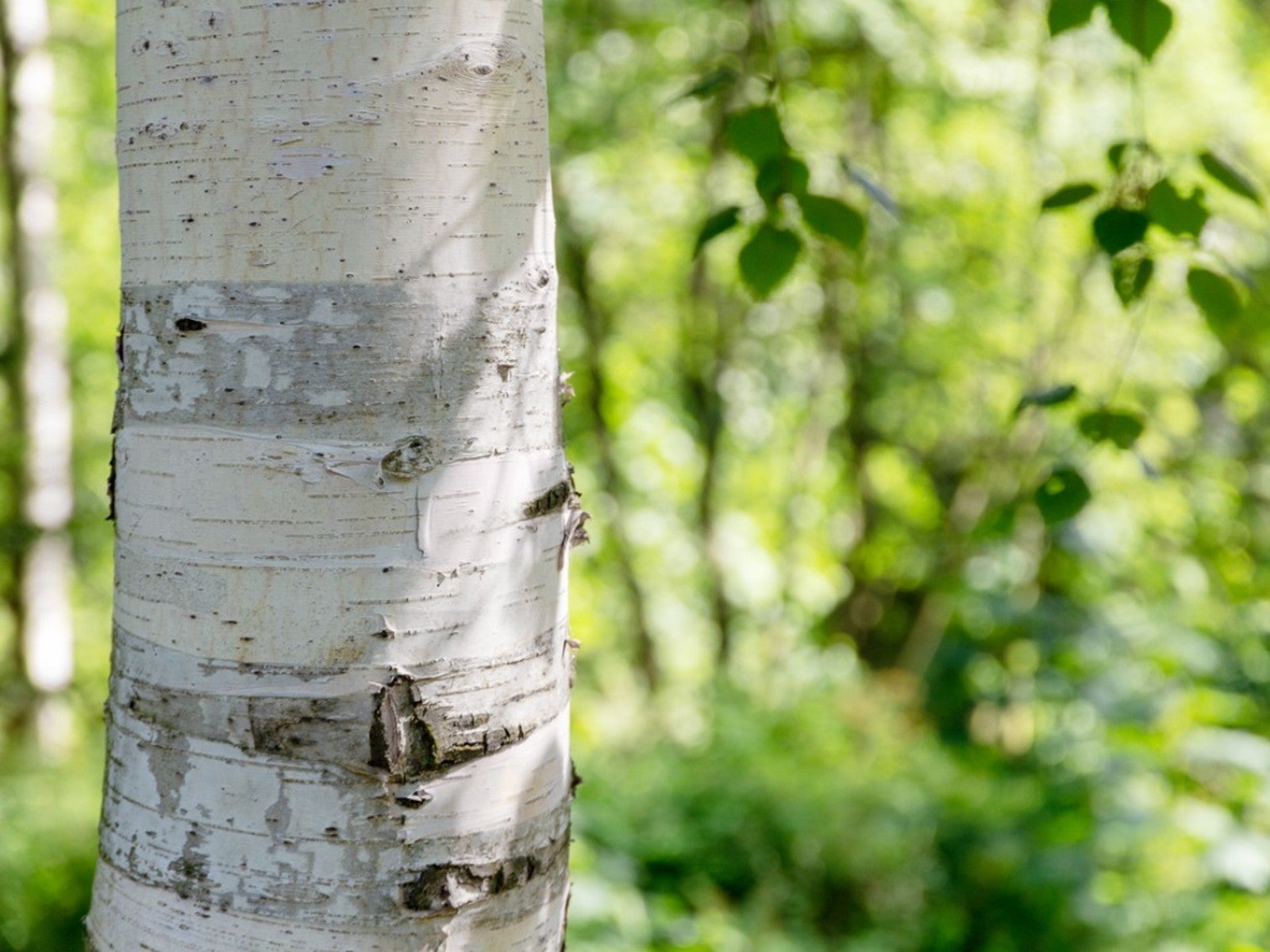
Birch bark is the outer covering of the birch tree, known for its unique white color with black marks. It’s thin, paper-like, and peels easily from the tree. Birch bark has been used for centuries in various cultures, especially by indigenous peoples of North America, for making canoes, shelters, and containers because it’s lightweight, waterproof, and durable.
48. Gray Owl
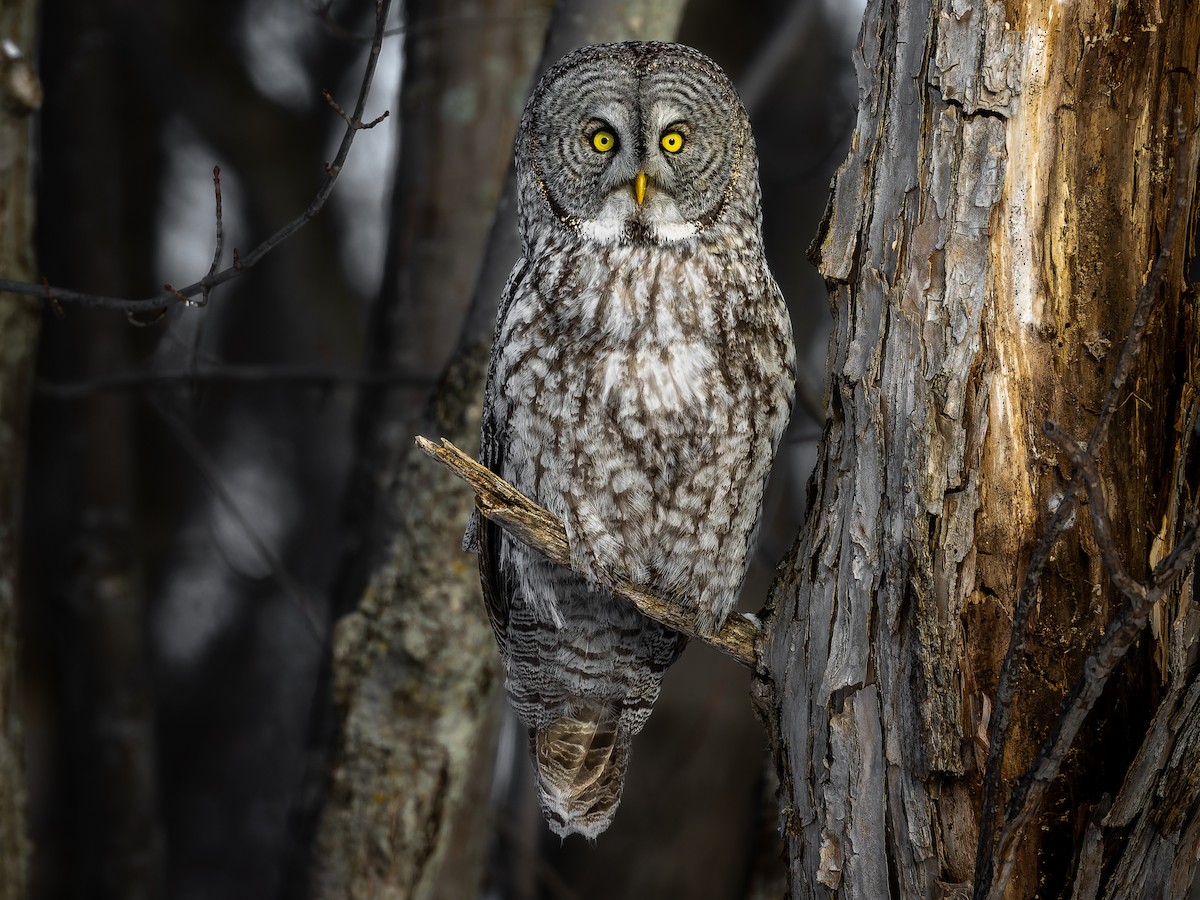
Gray Owl, real name Archibald Belaney, was a British guy who moved to Canada and pretended to be Native American. He became famous for talking about protecting nature and animals, especially beavers, long before it was common to worry about the environment. He wrote books and gave talks to spread his message. Even though people later found out he wasn’t who he said he was, his work still helped a lot in making people care more about nature.
49. Gray Sand Beaches

Gray sand beaches have sand that’s gray because it comes from volcanic rocks. They’re usually near places with volcanoes. The sand’s unique color creates beautiful scenes against the ocean. These beaches show how the Earth changes and shapes itself.
50. Tundra Wolf
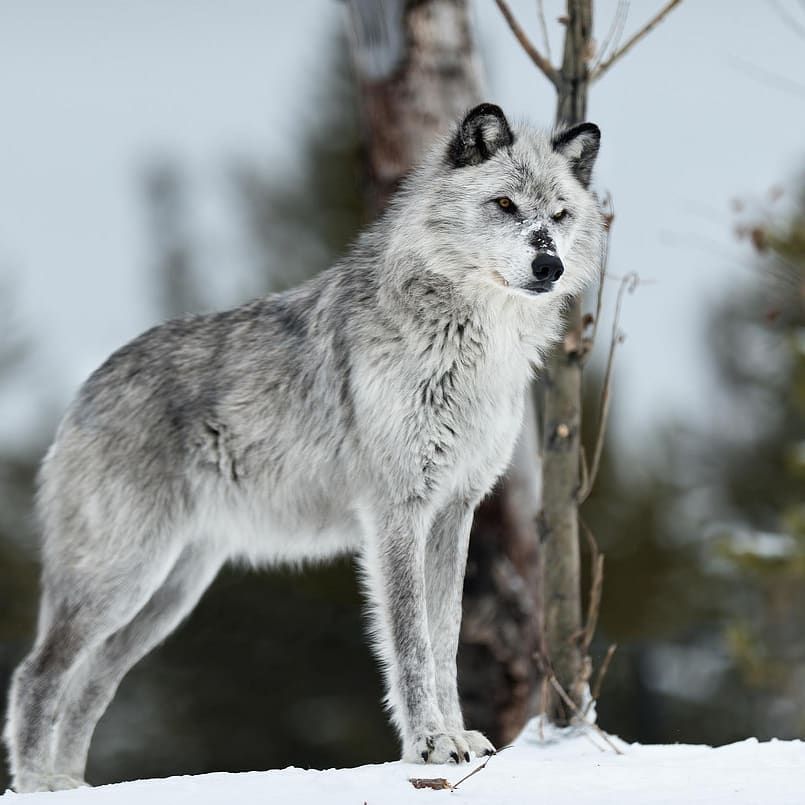
The Tundra Wolf is a type of gray wolf that lives in cold Arctic areas. They have thick fur and are bigger than most wolves, which helps them stay warm. They’re usually white or light gray to match the snowy places they live in. These wolves eat big animals like caribou and can travel far to find food. They live in groups called packs and work together to hunt. Even though their home is far away from people, changes in the climate and human actions can still affect them. However, they’re not in danger of disappearing right now.
Looking at all the different colors in nature, from bright to quiet ones, shows us how amazing and varied the world is. We’ve talked about orange, white, yellow, and gray things, seeing how each color tells its own story and adds something special. This journey through colors helps us see how important every bit of nature is, from the smallest rock to the tallest tree. It’s a cool reminder to pay more attention to the beauty all around us, in every color.
